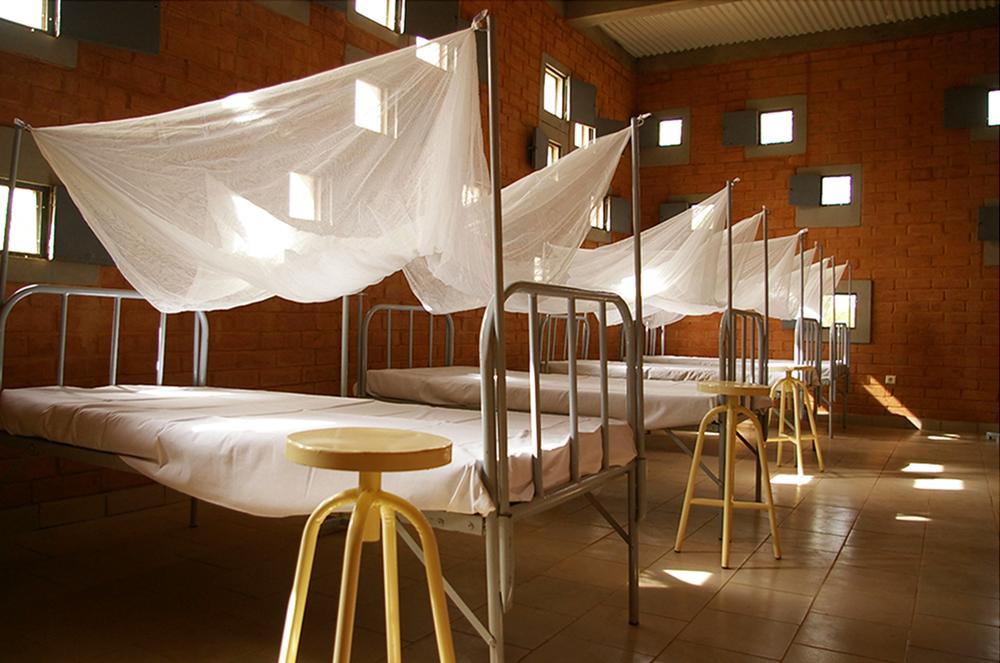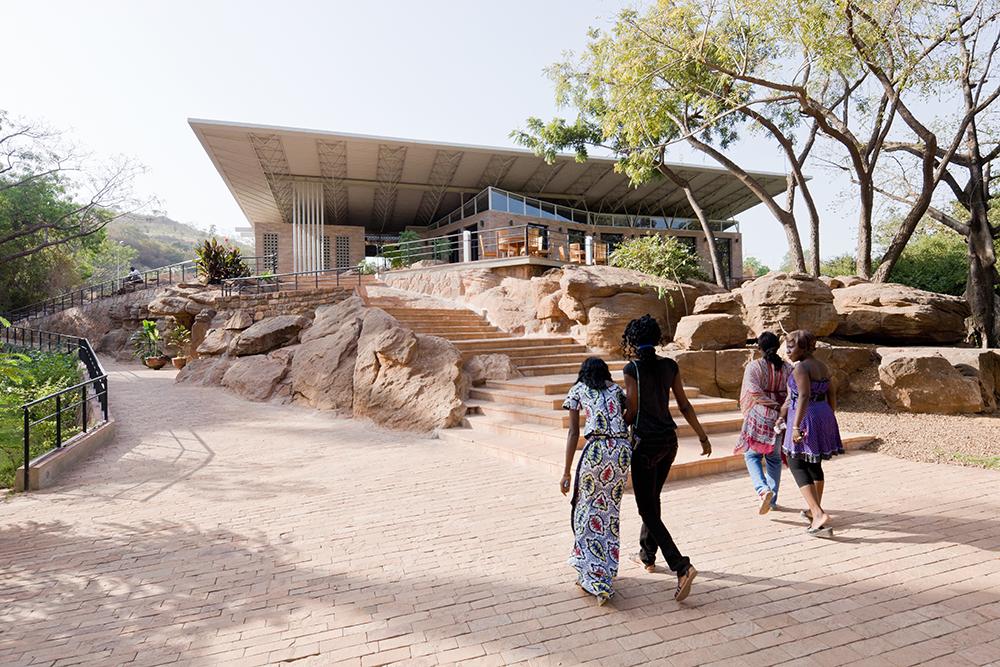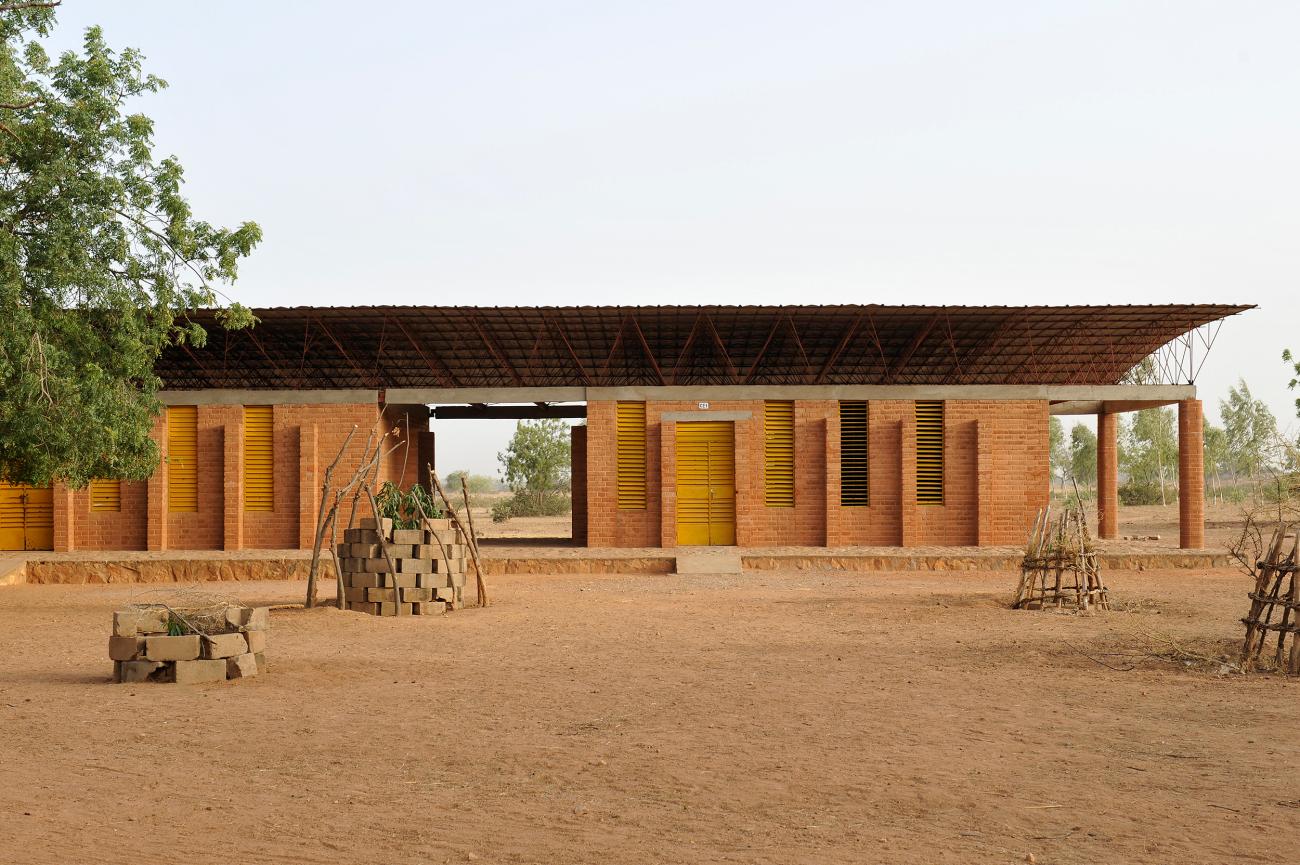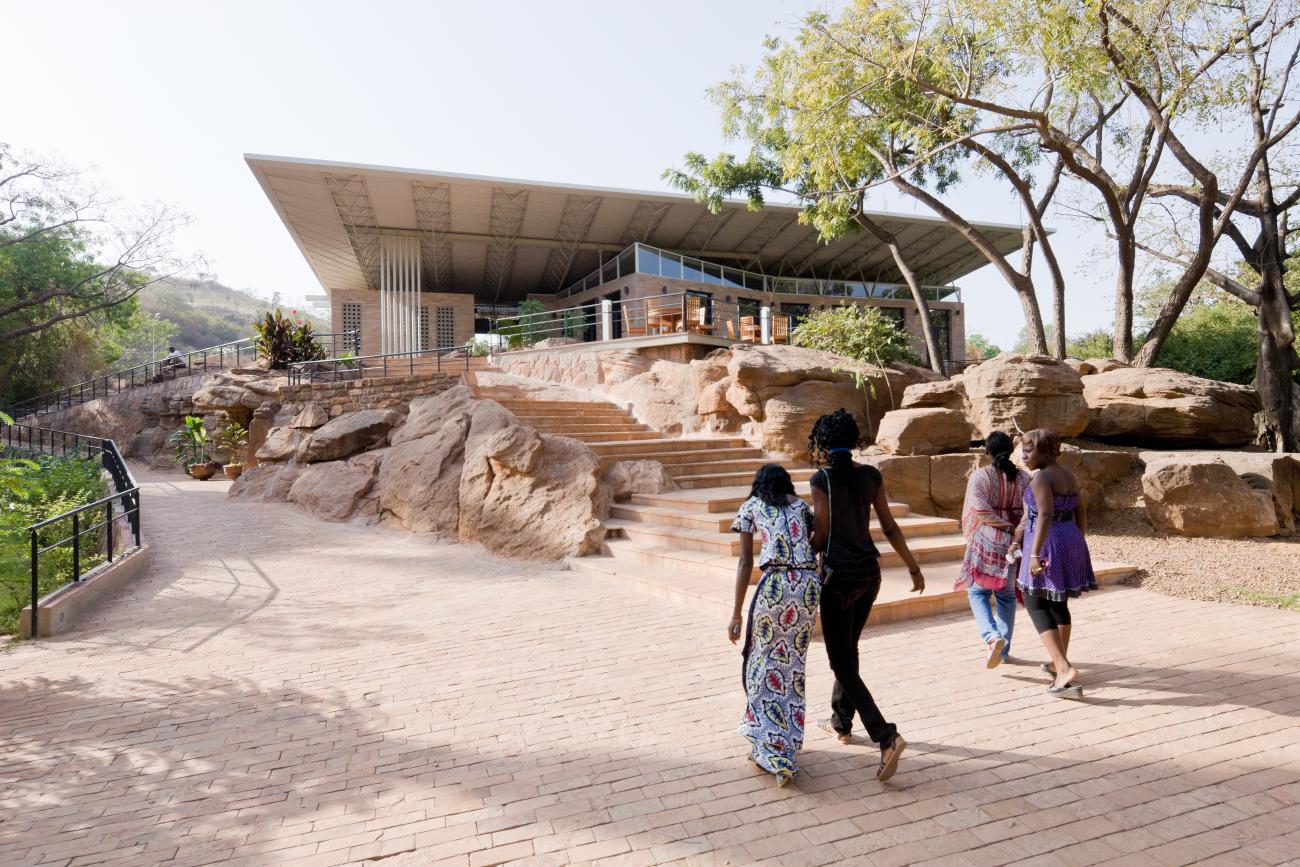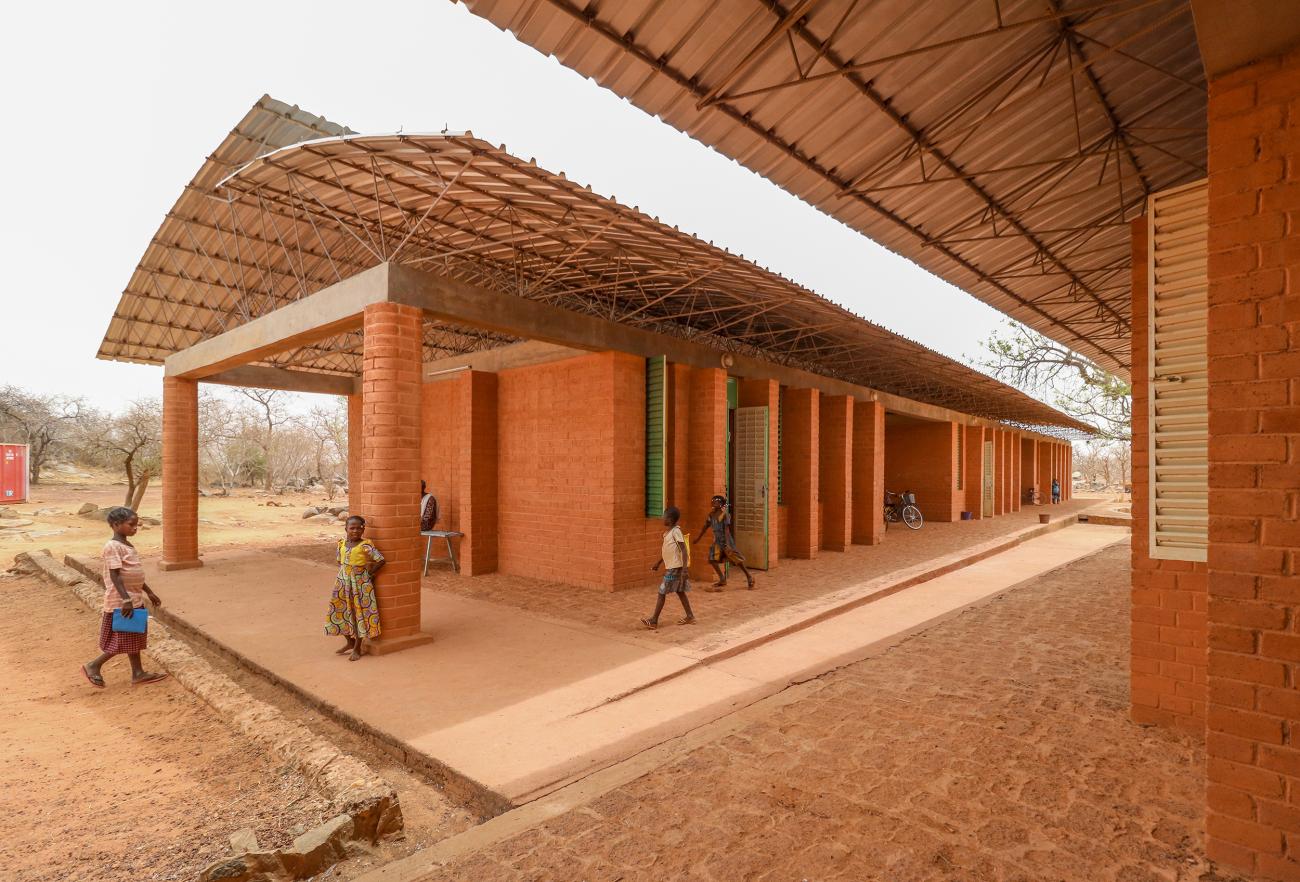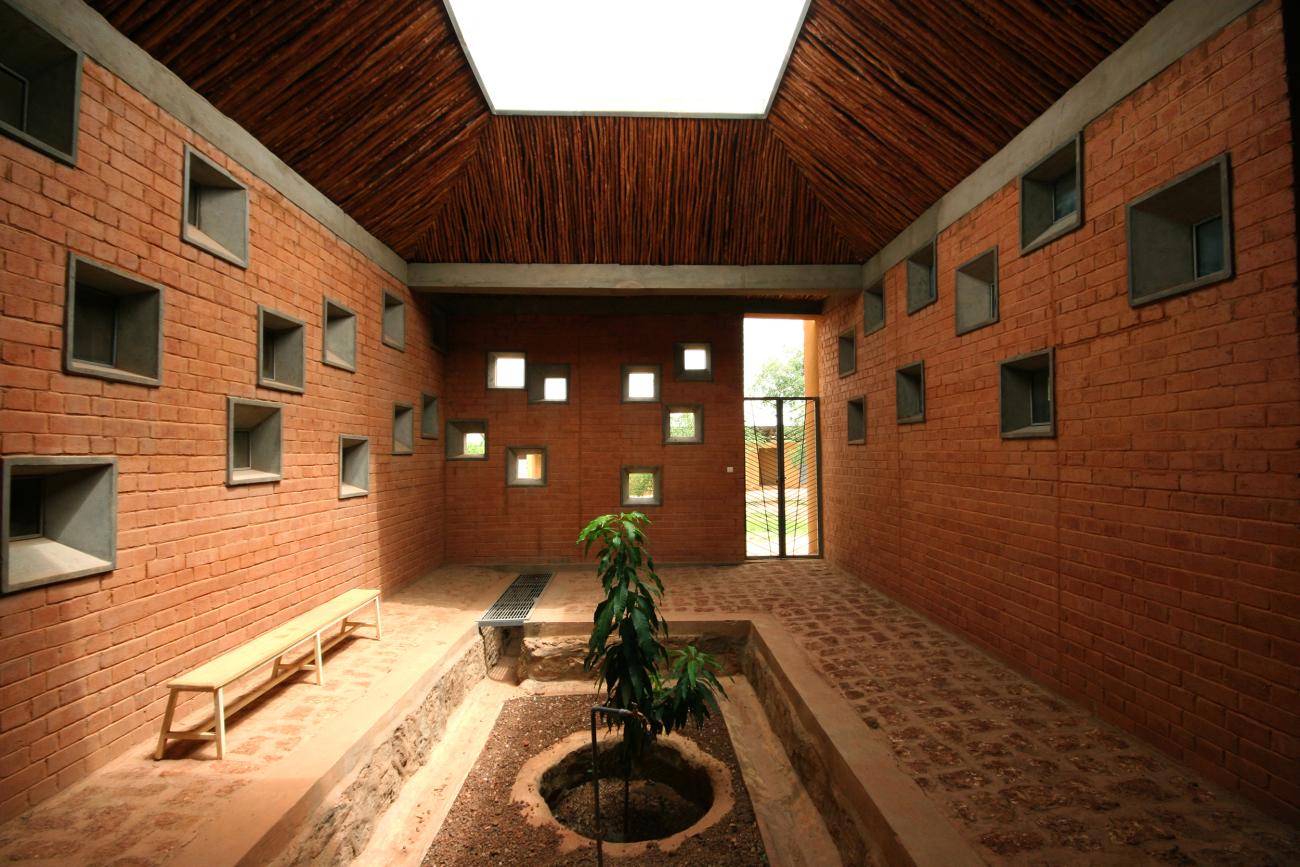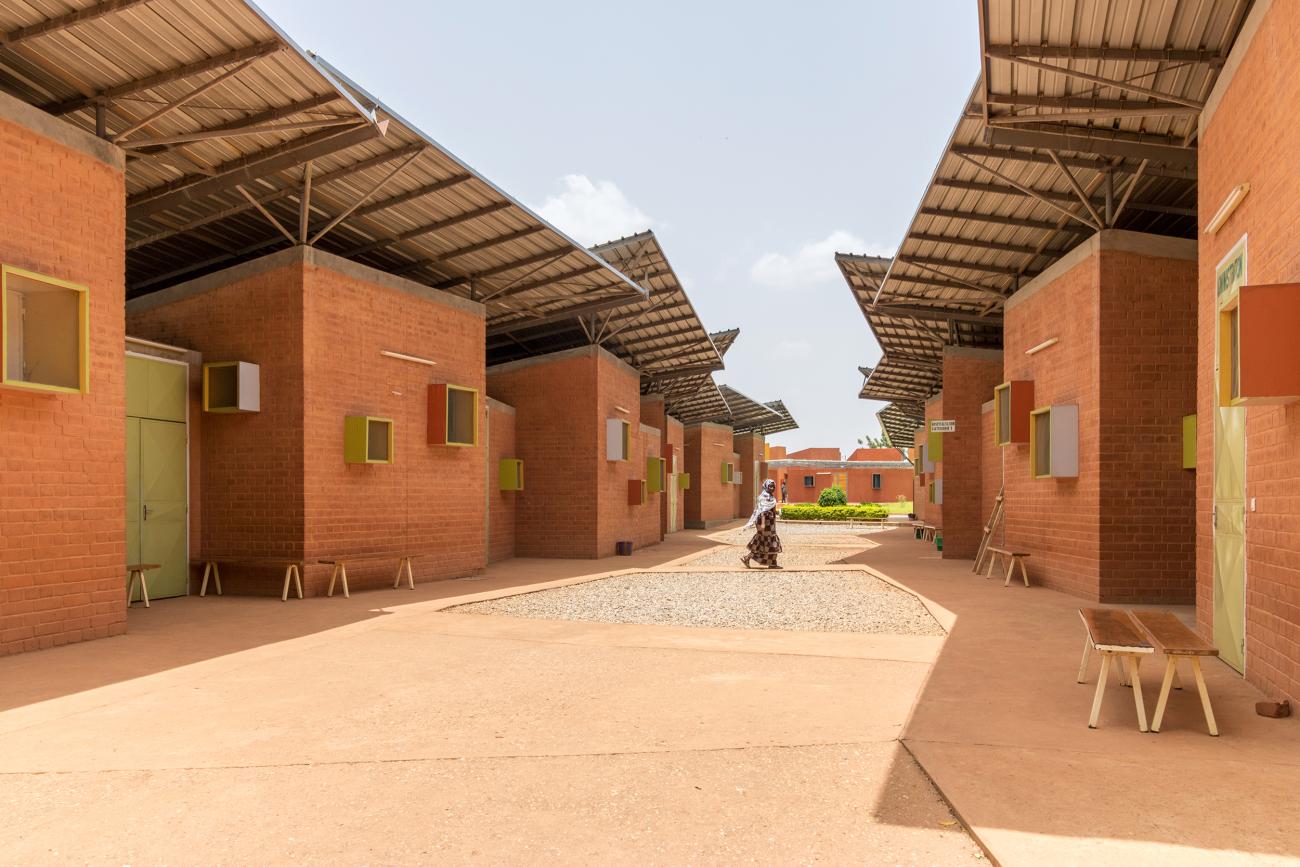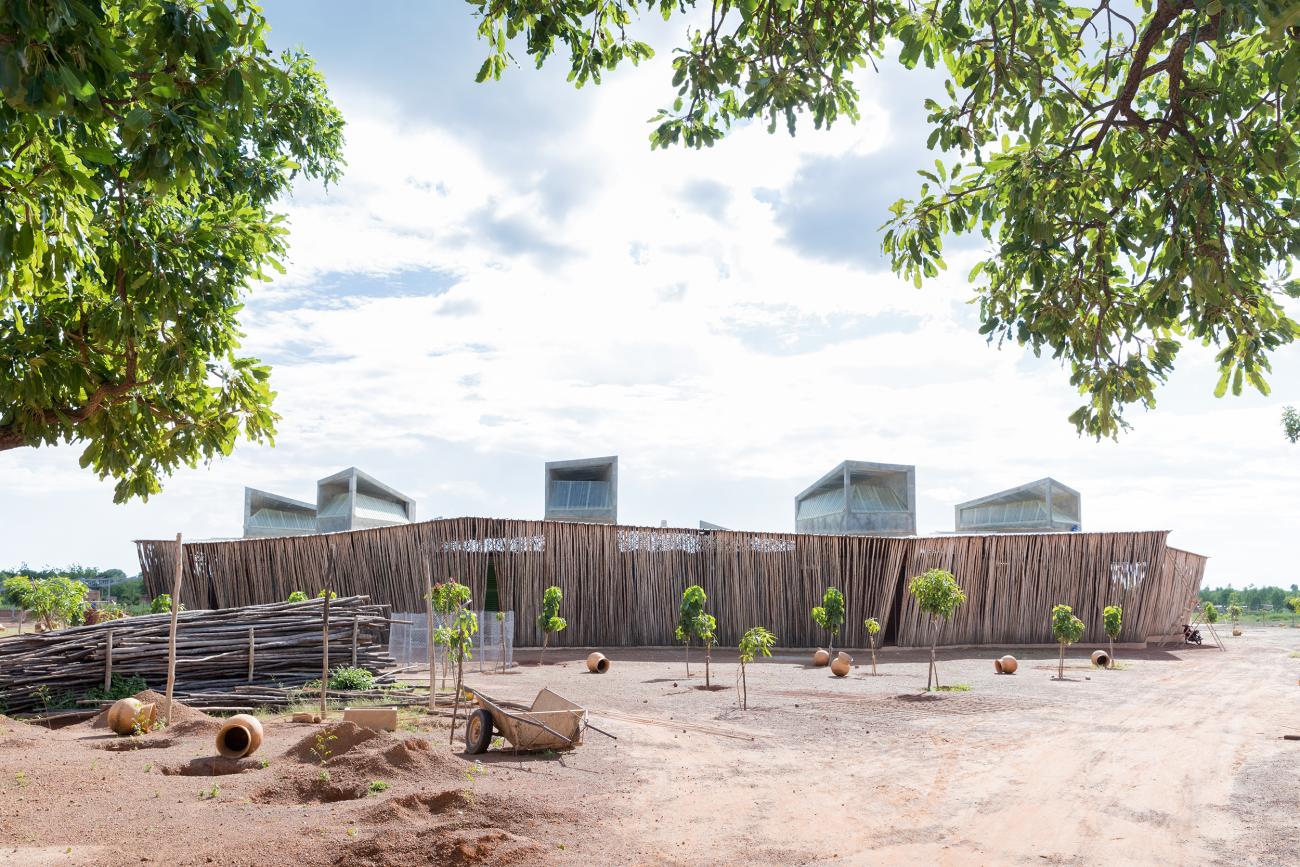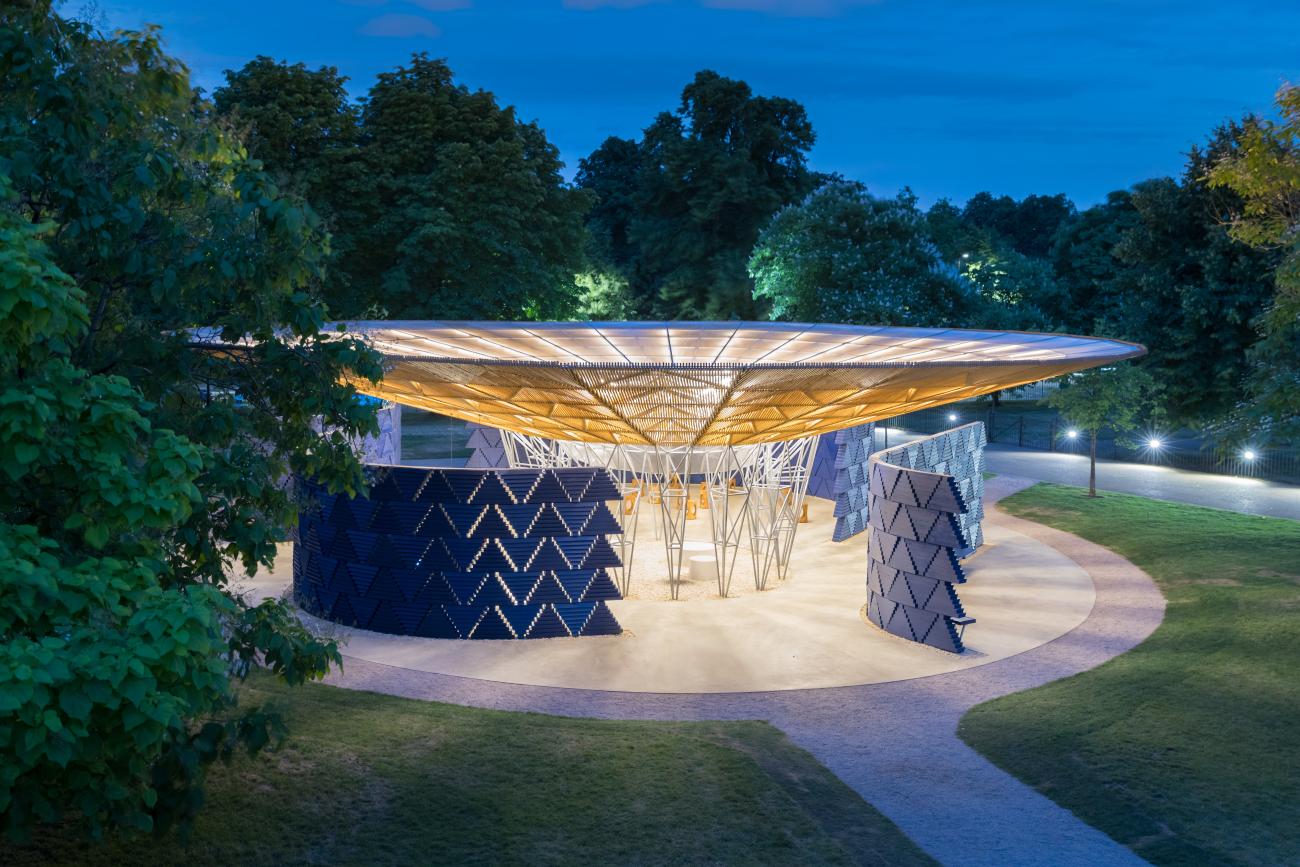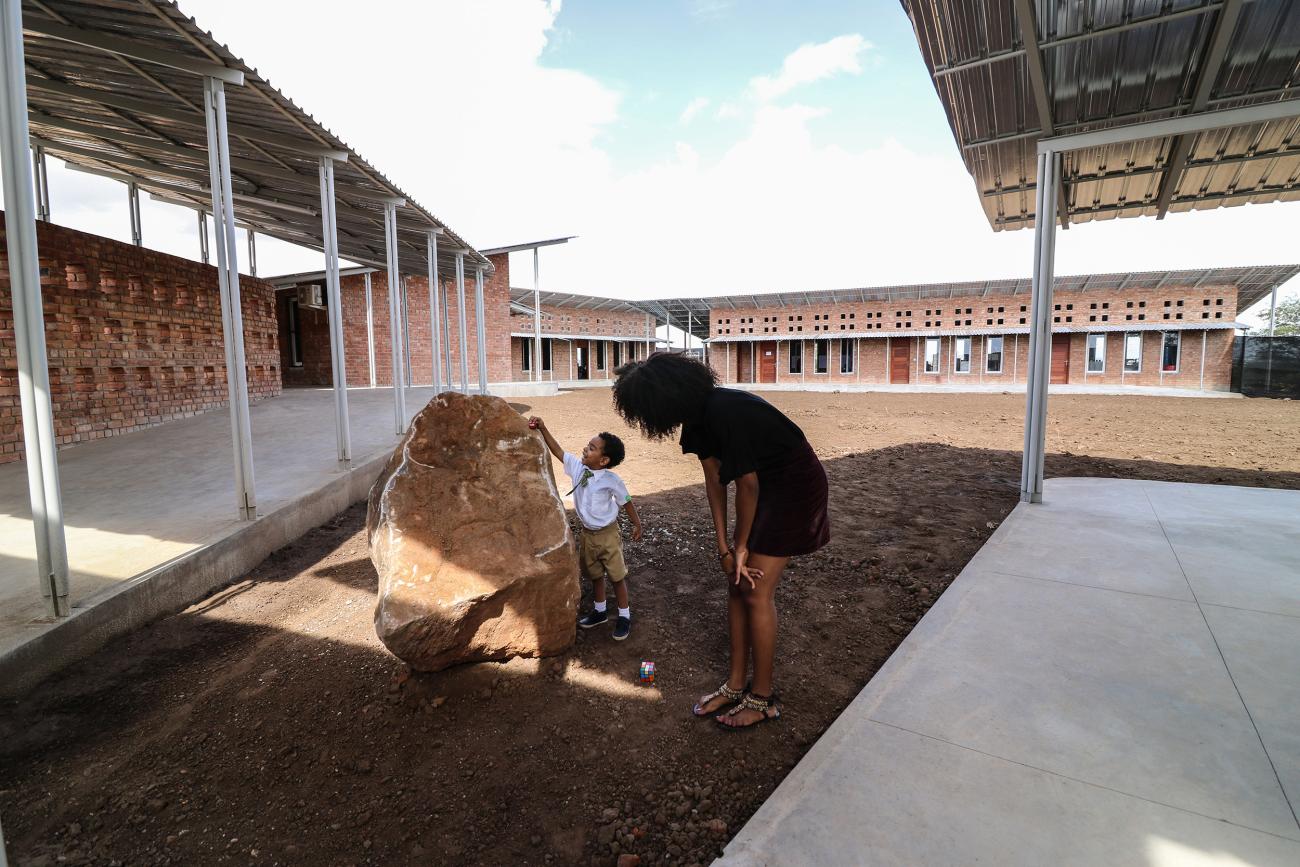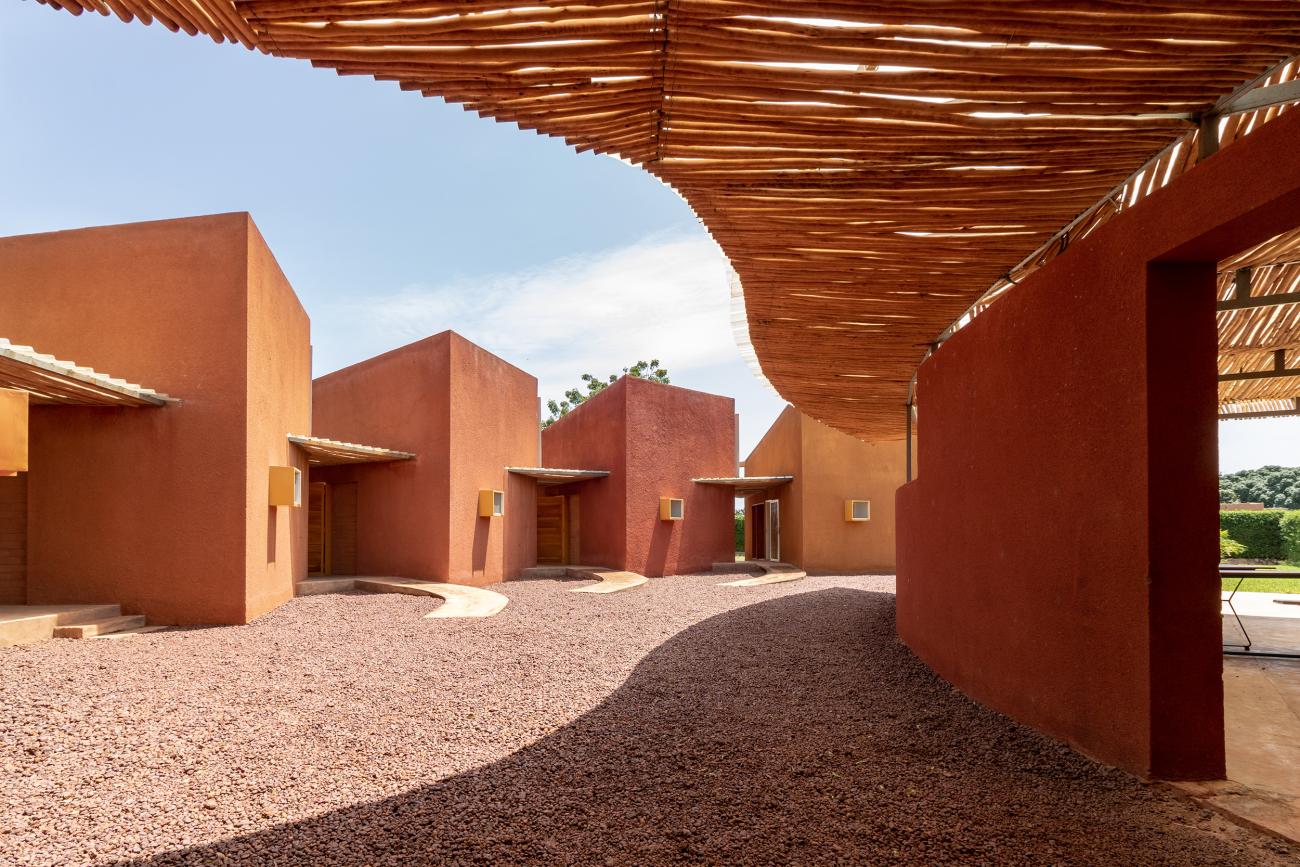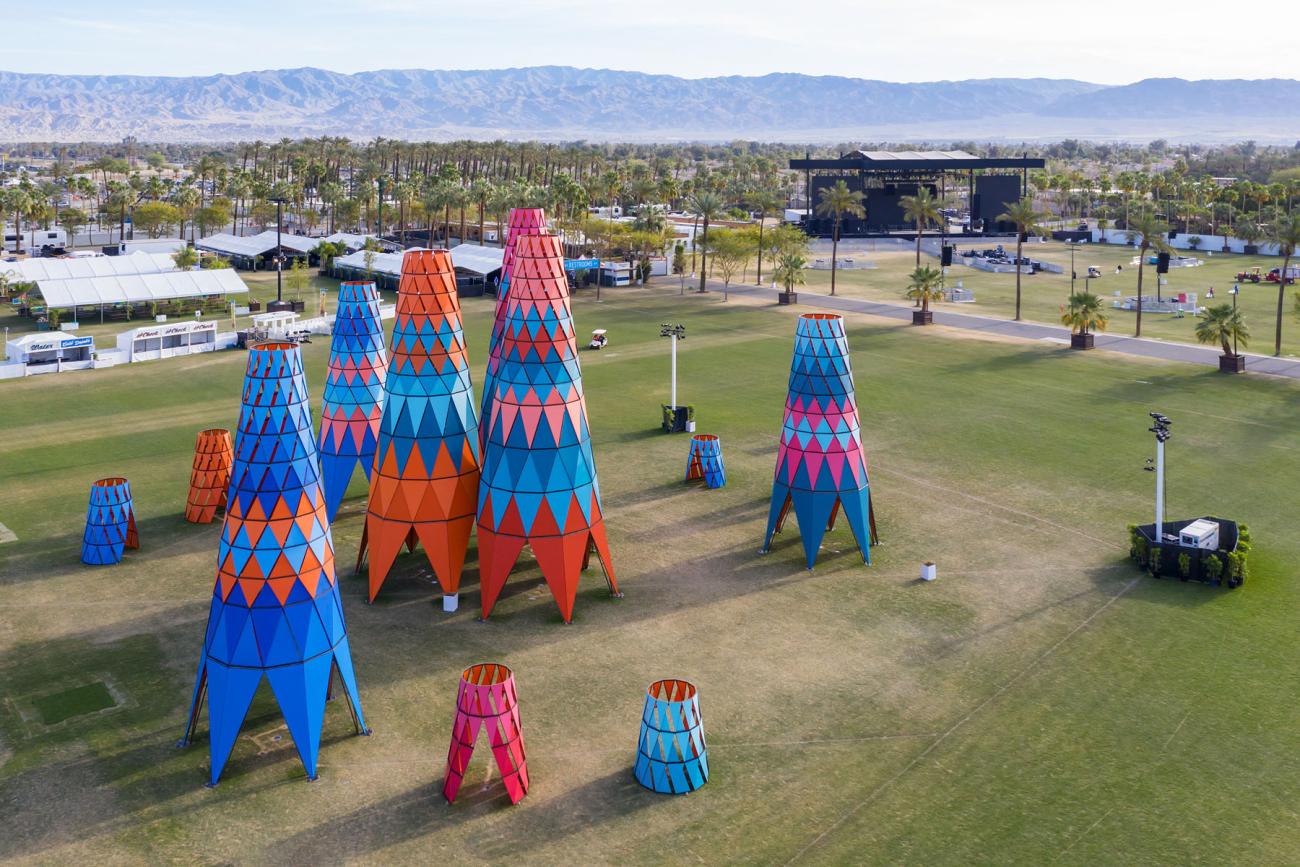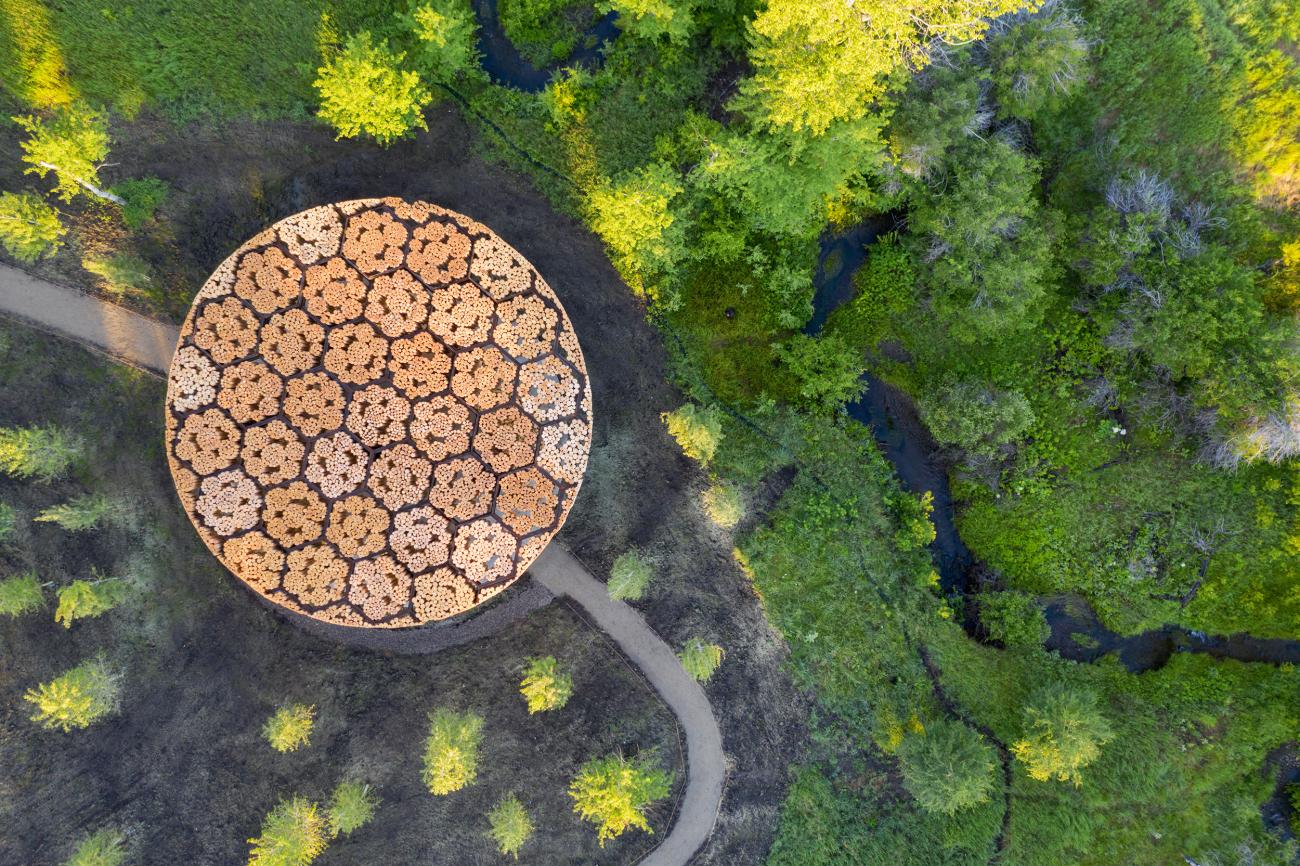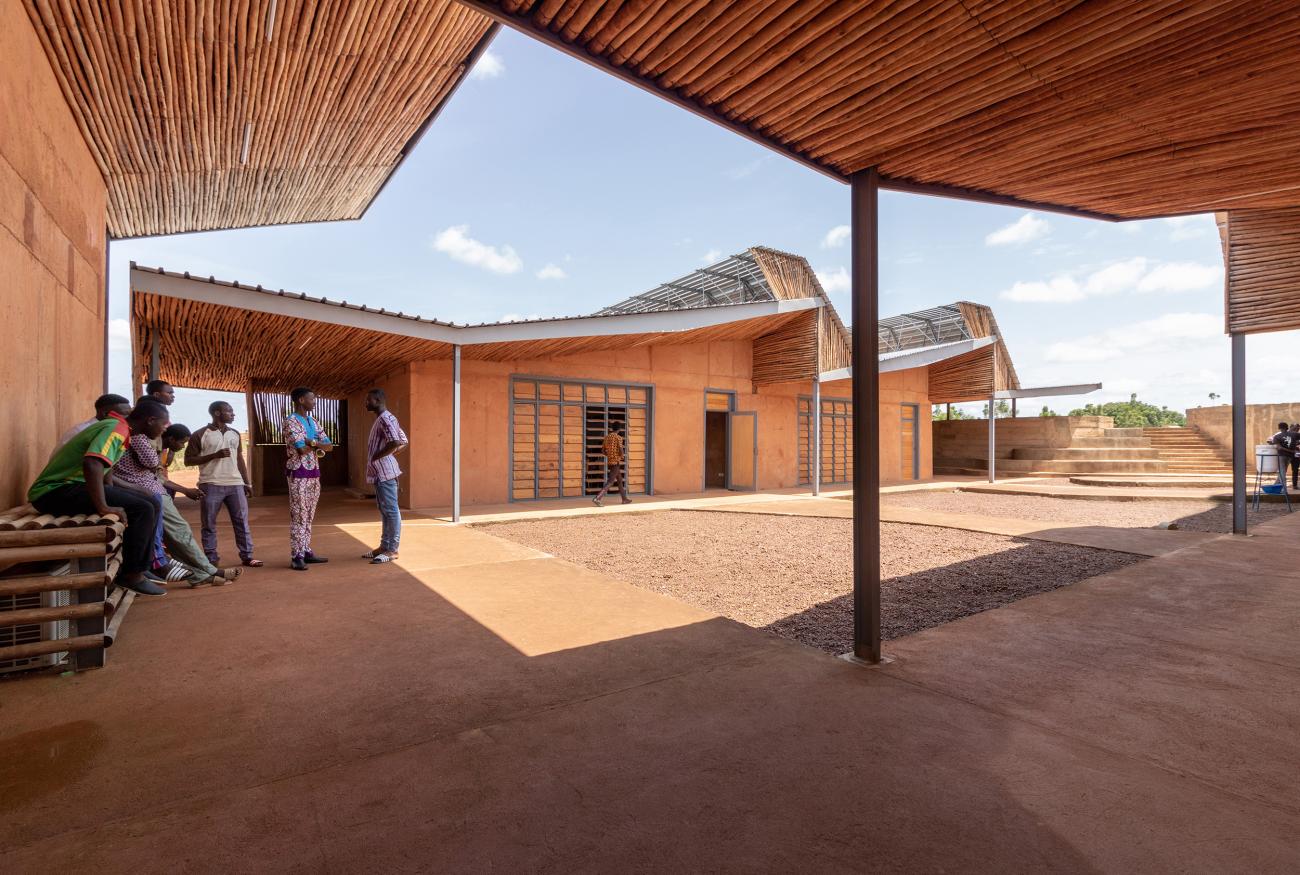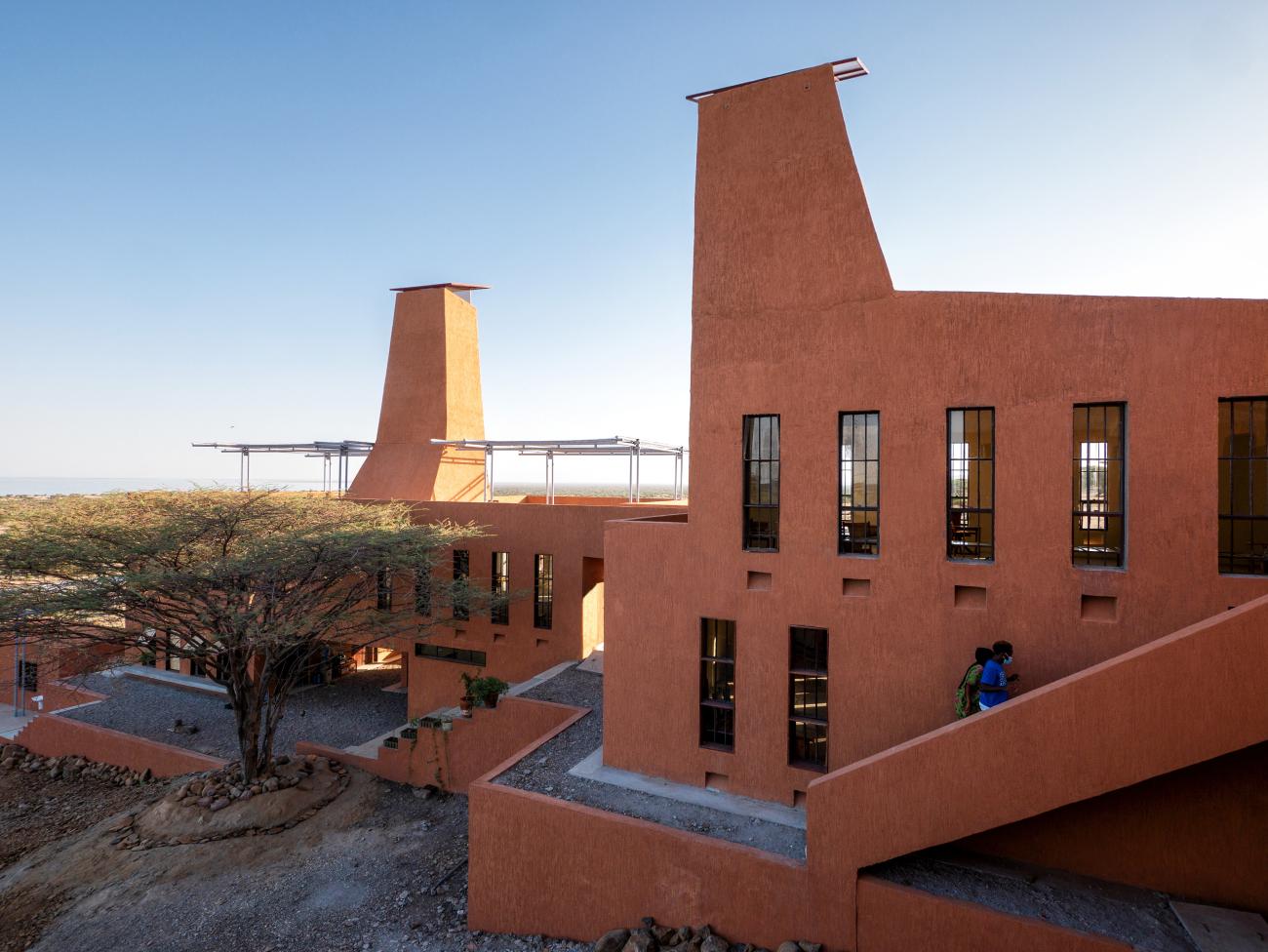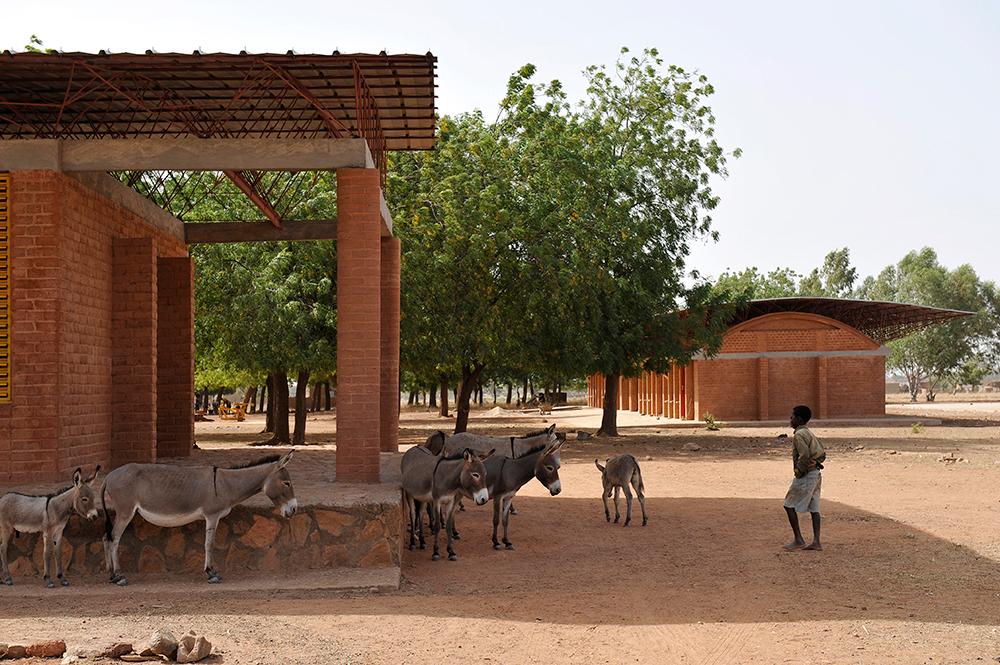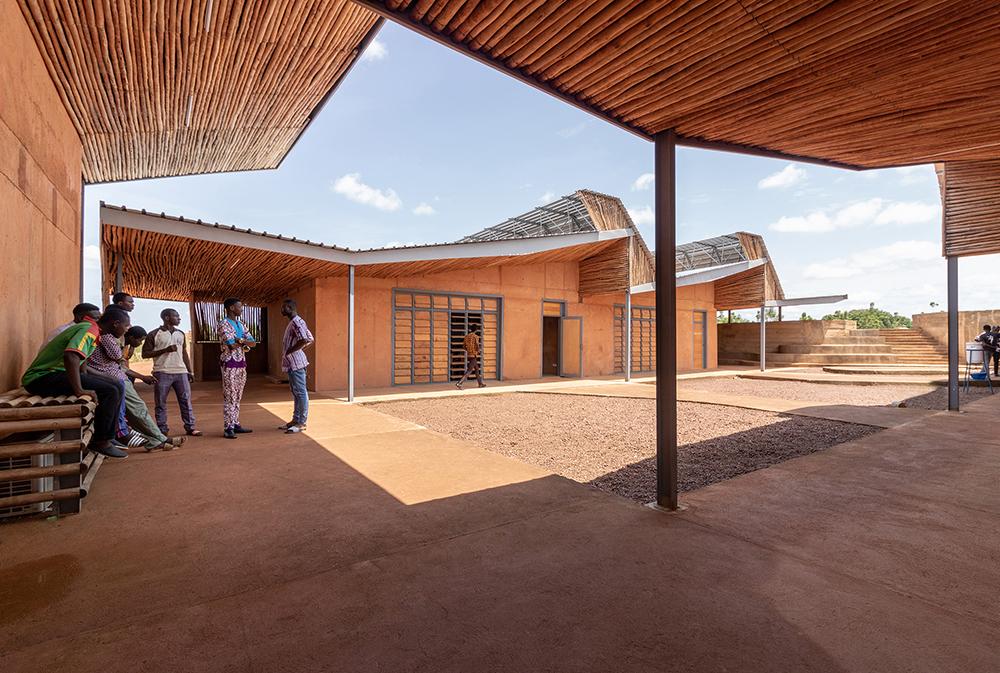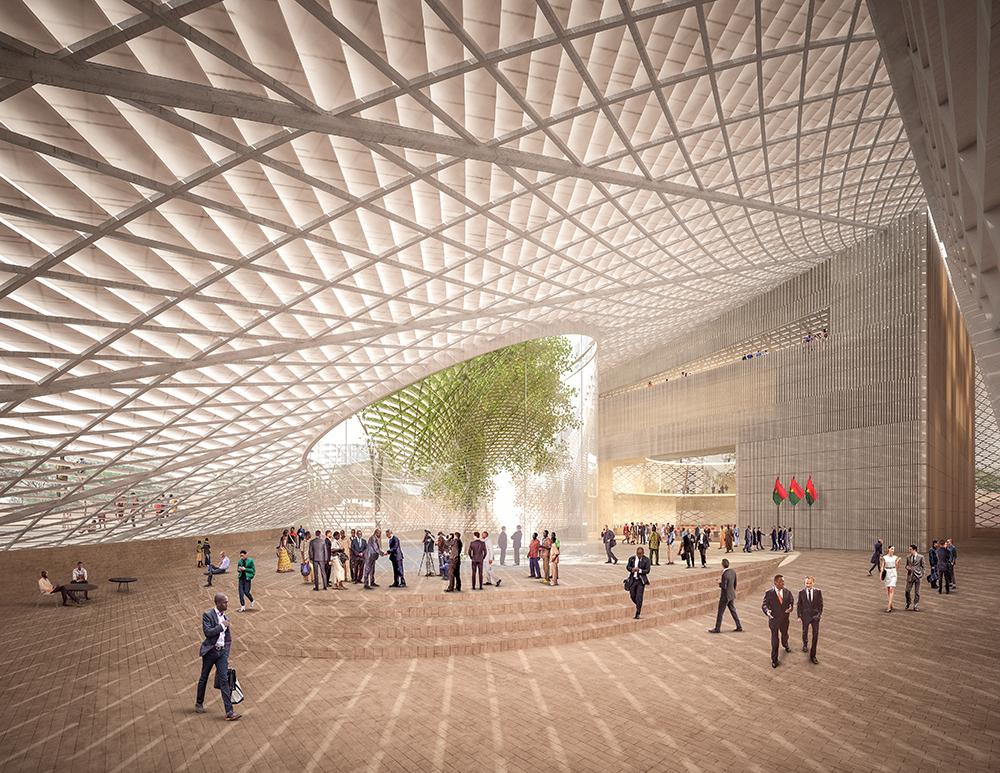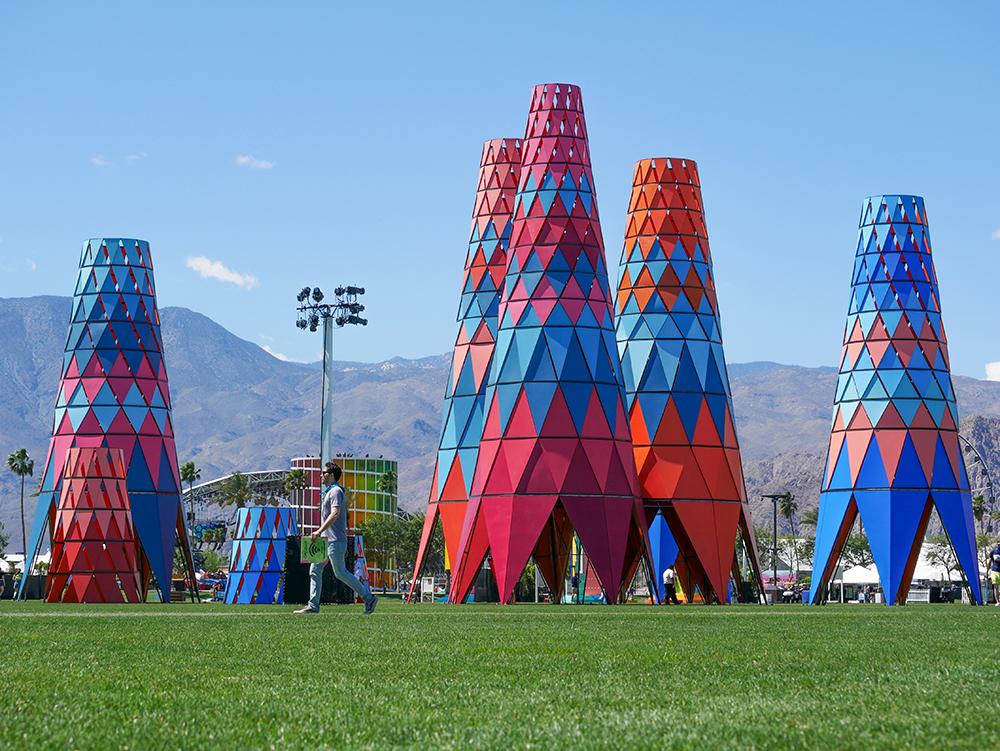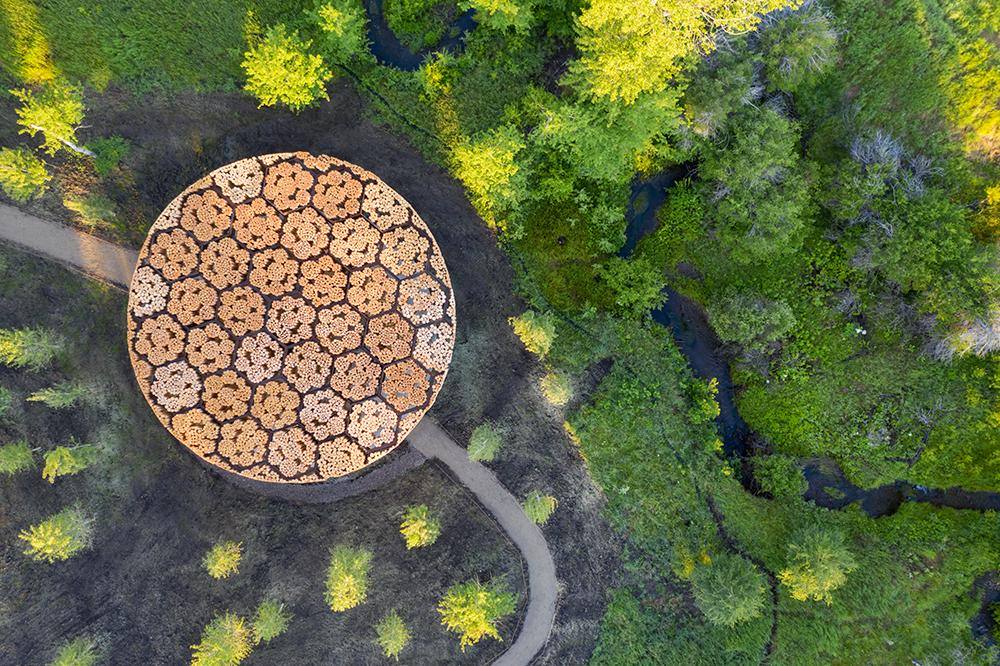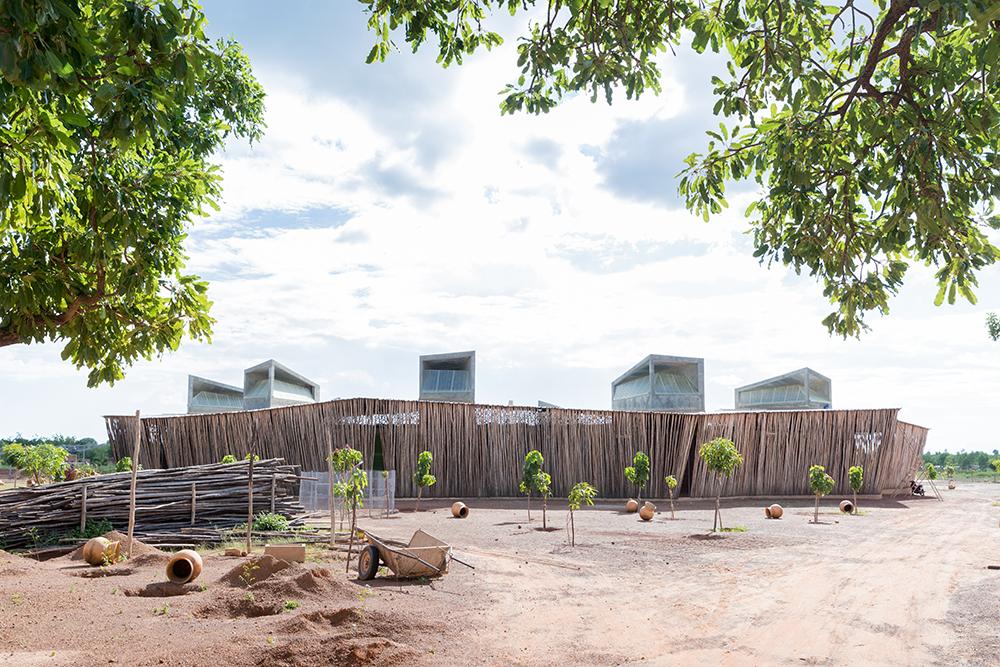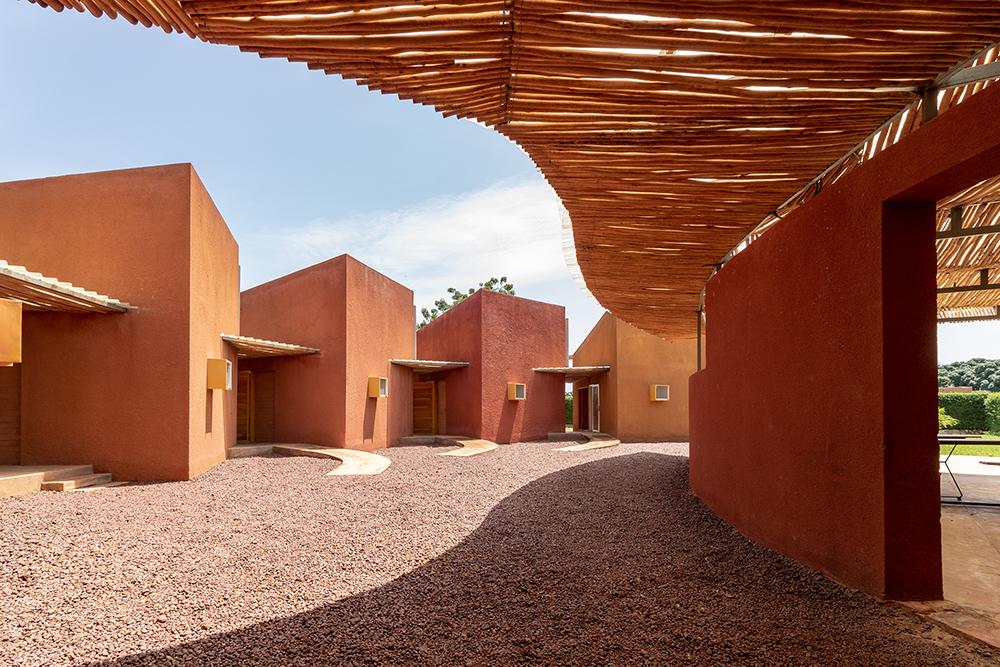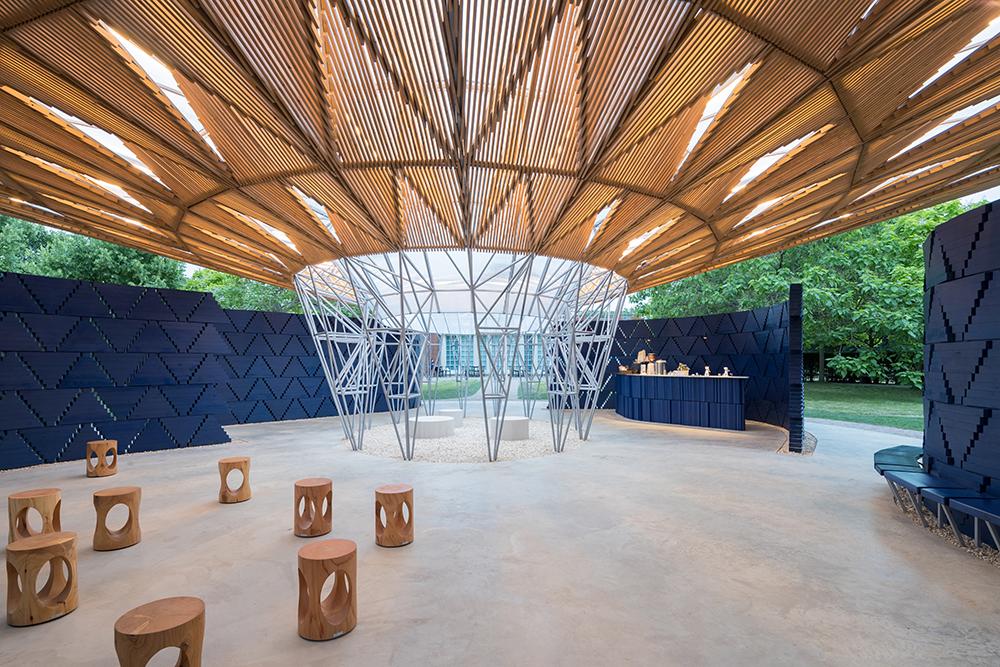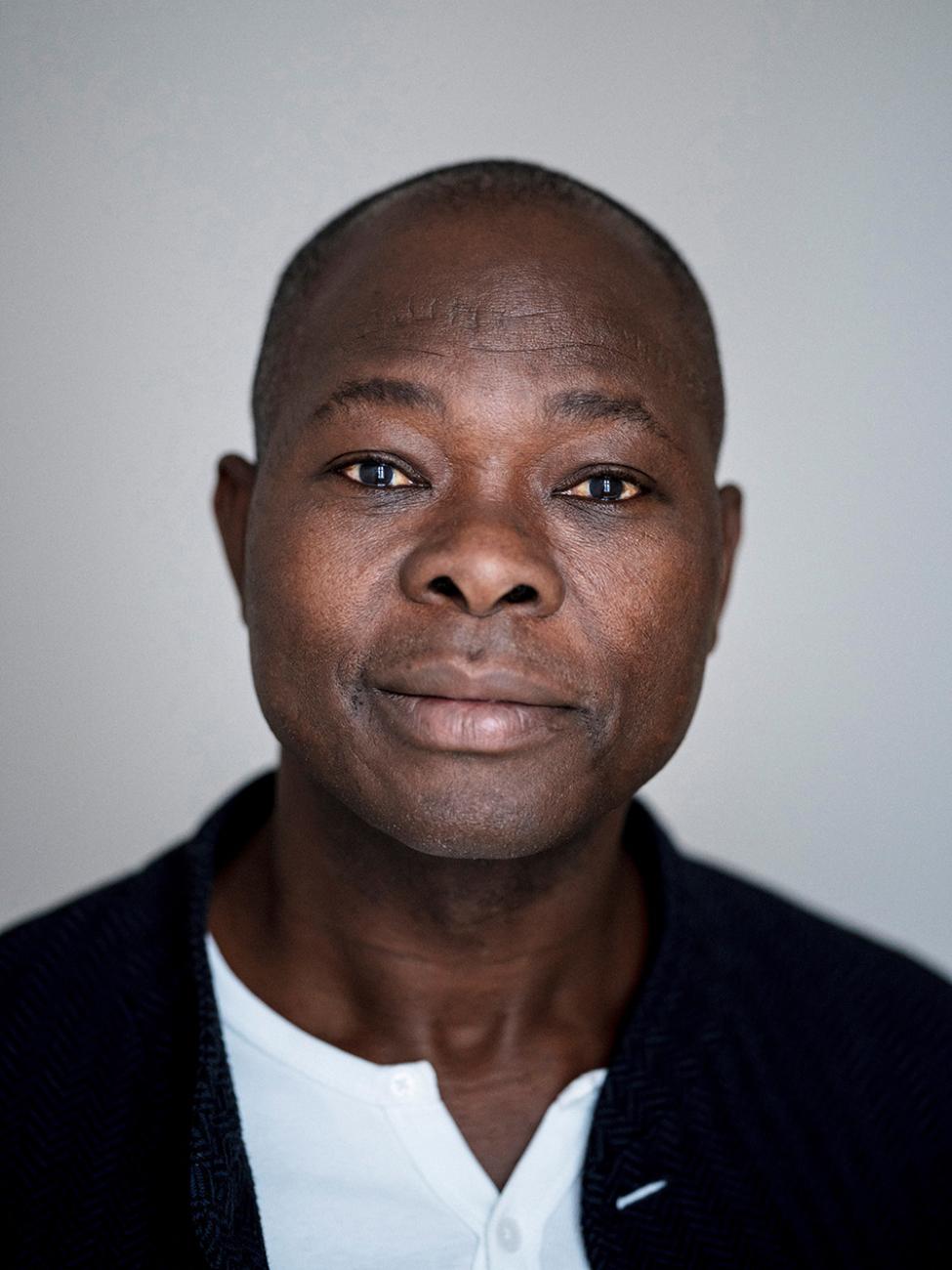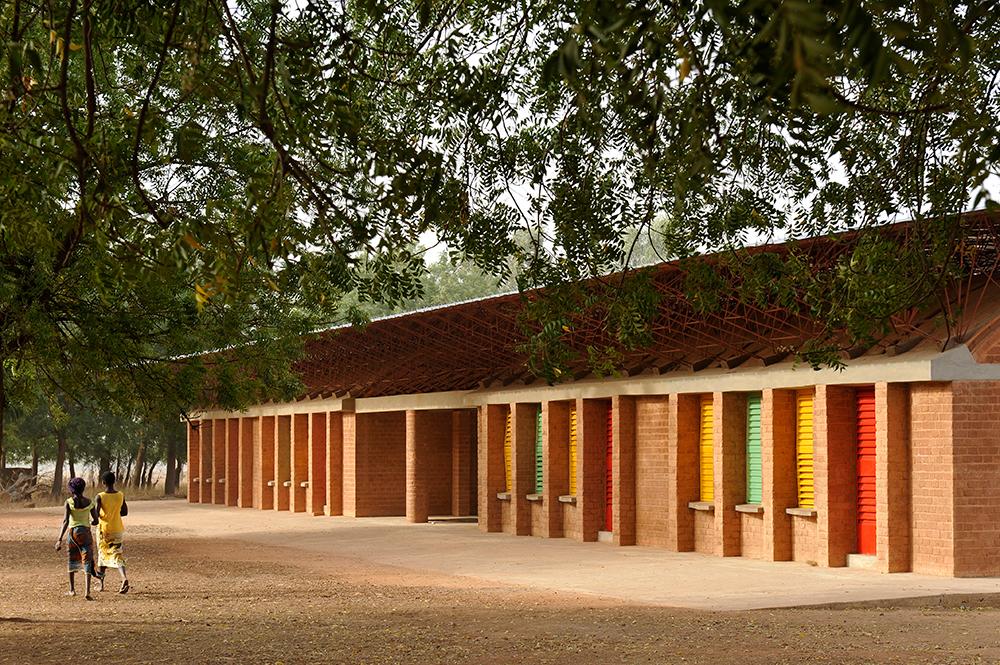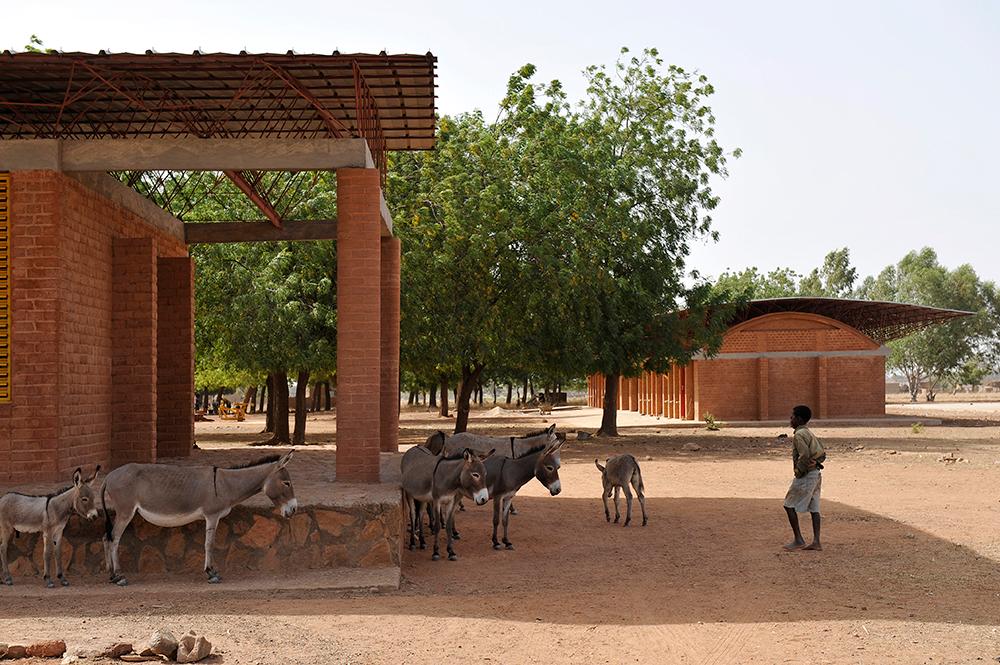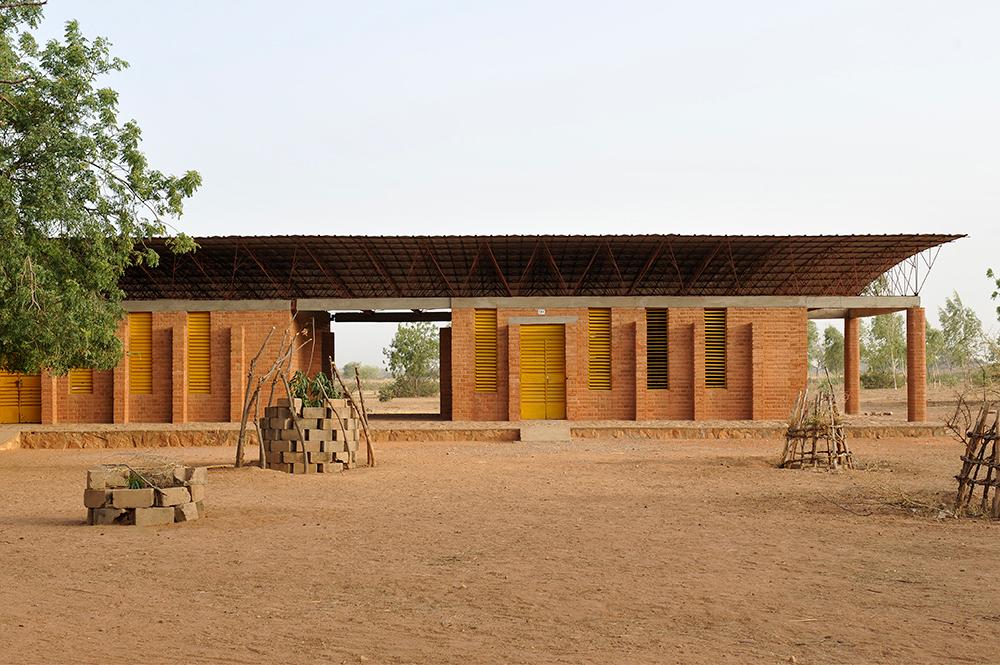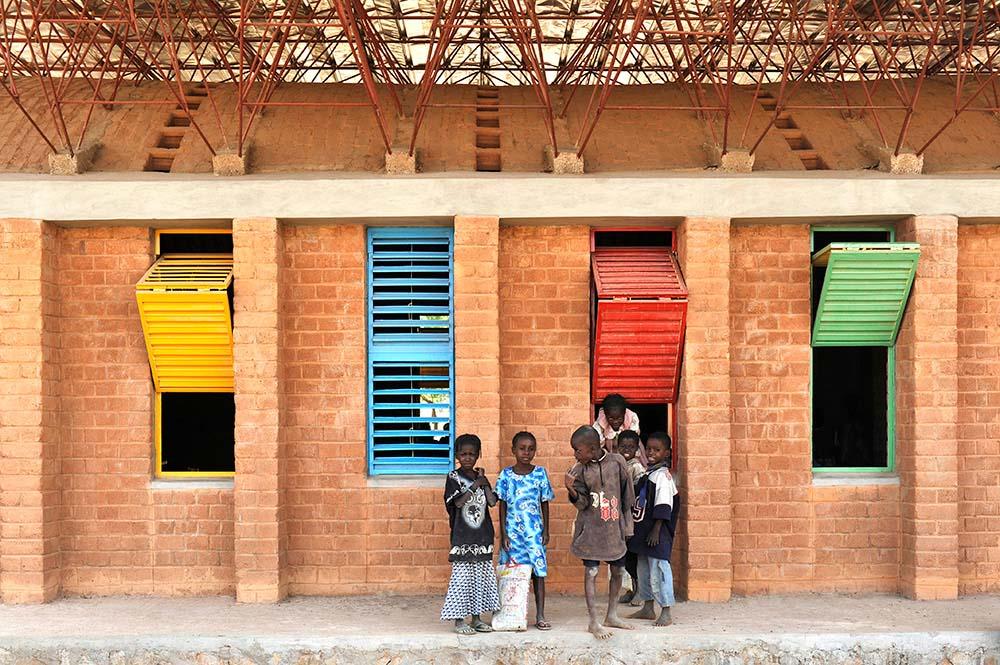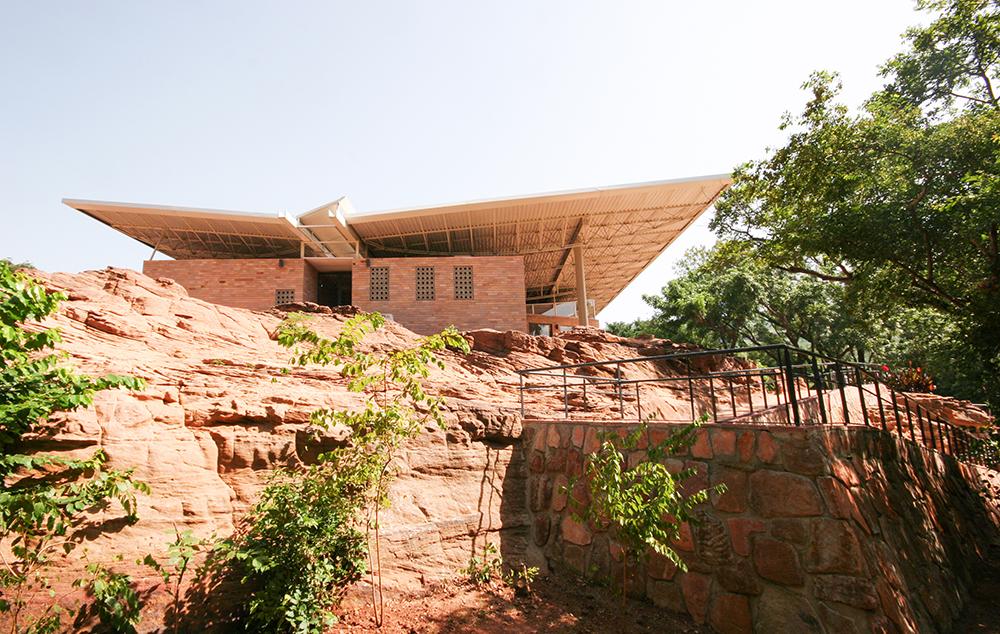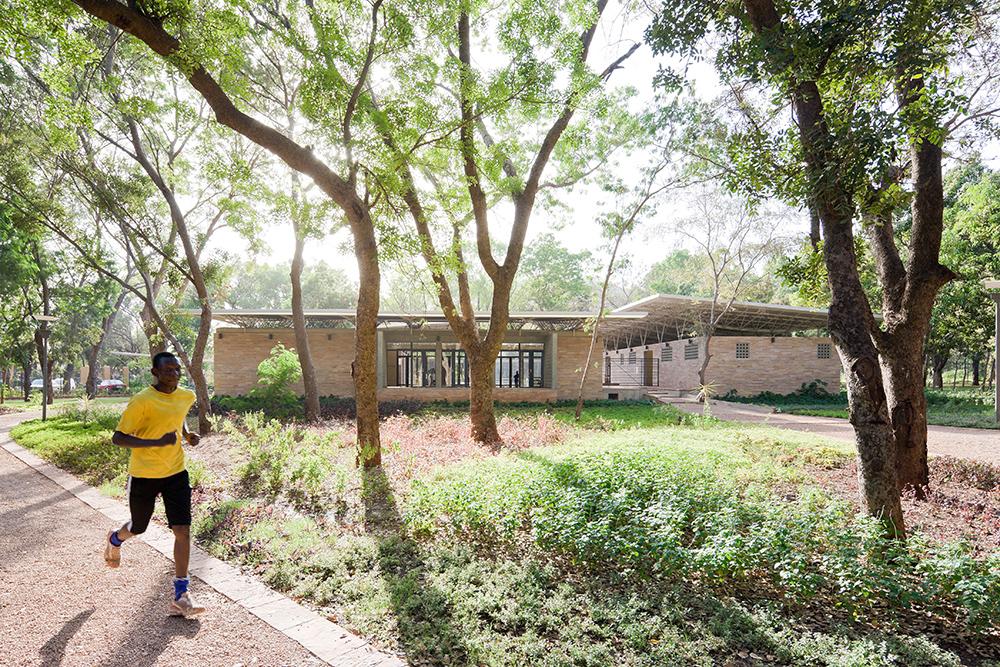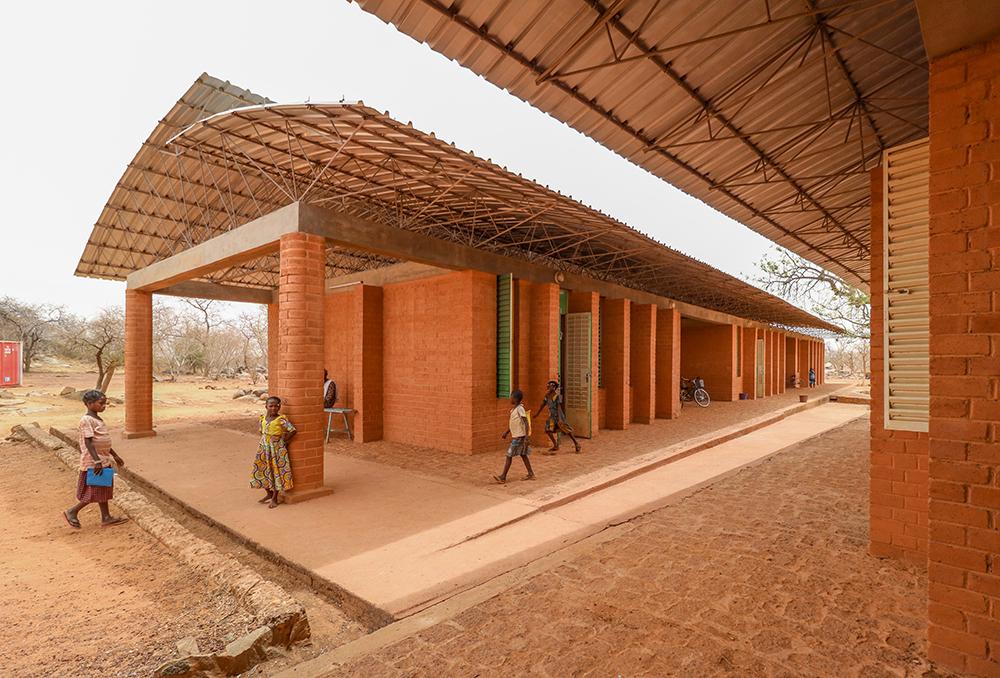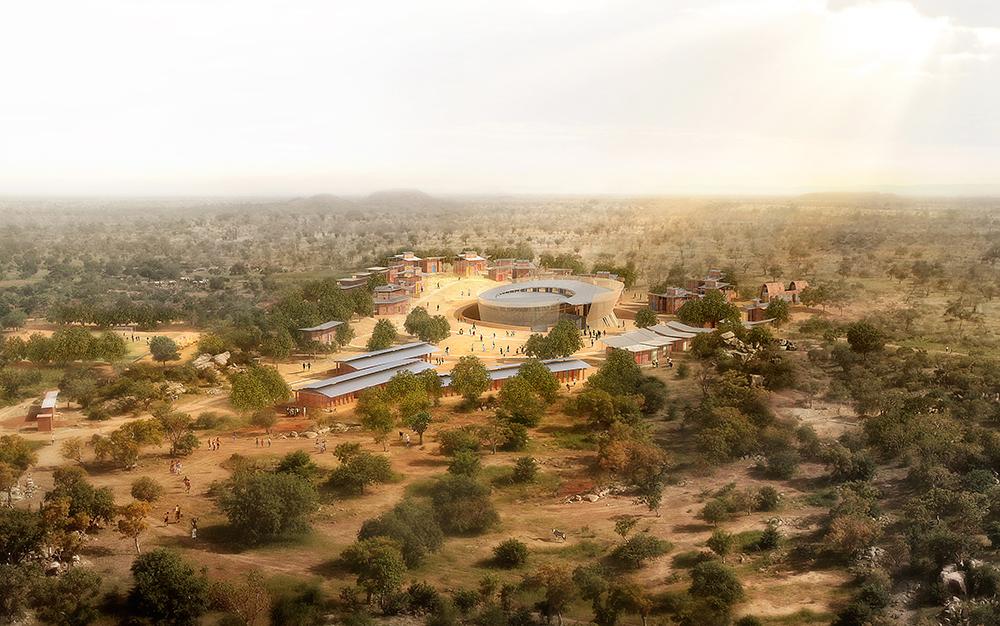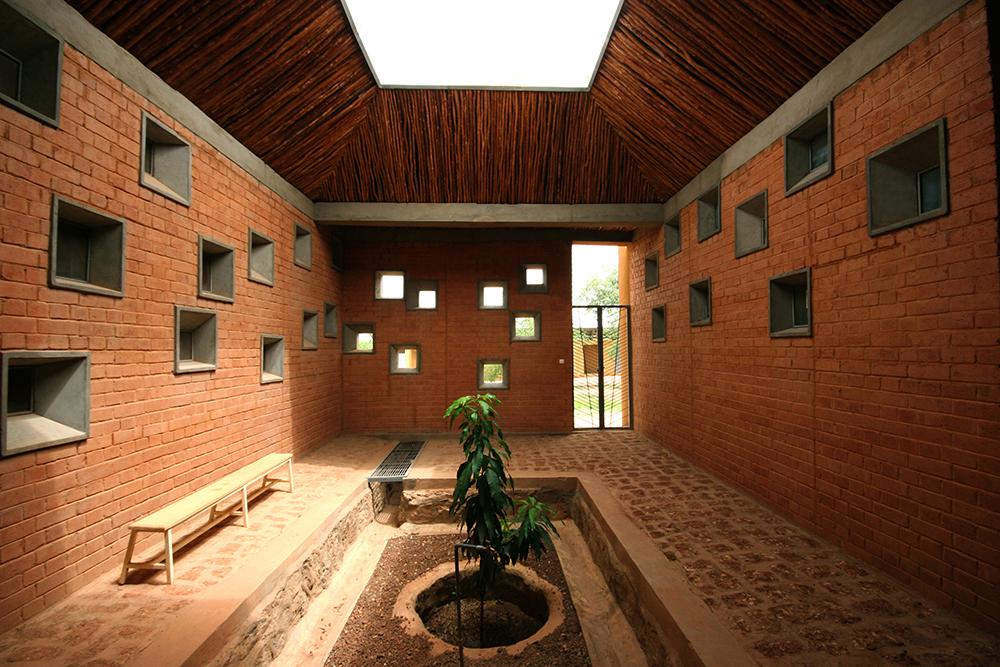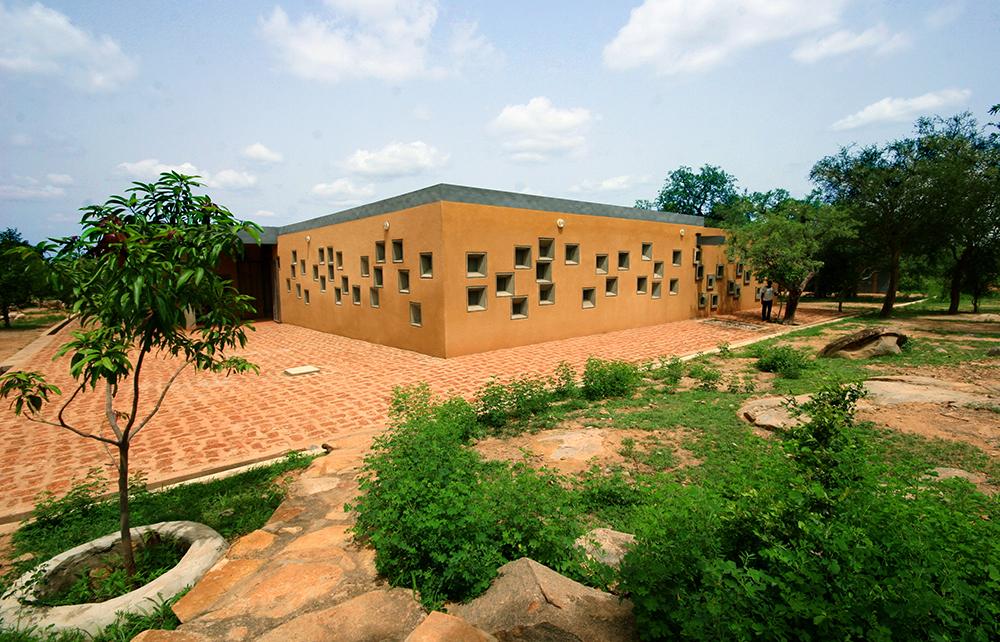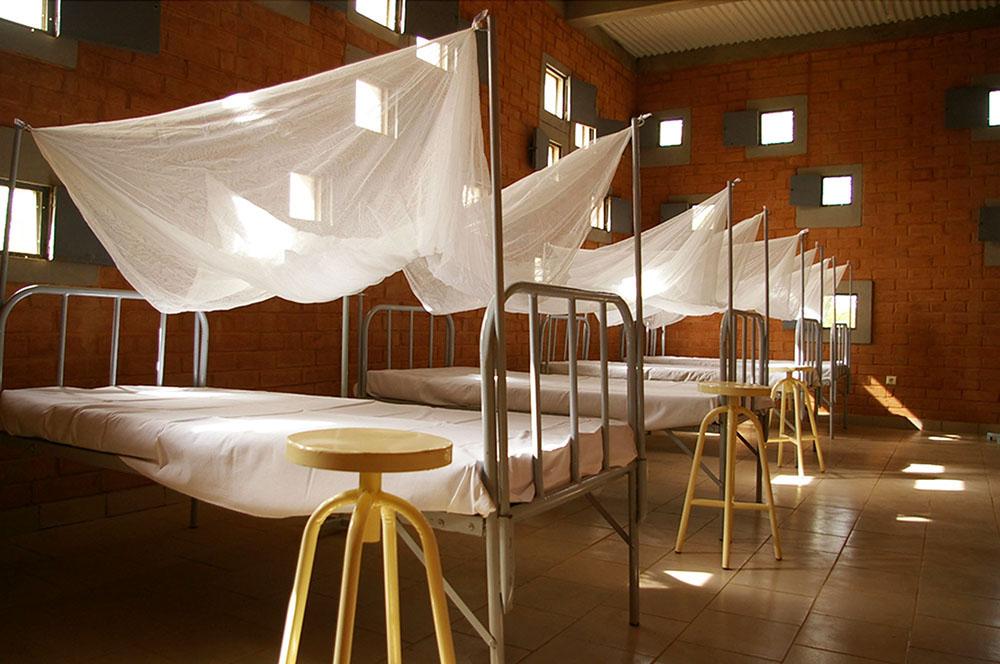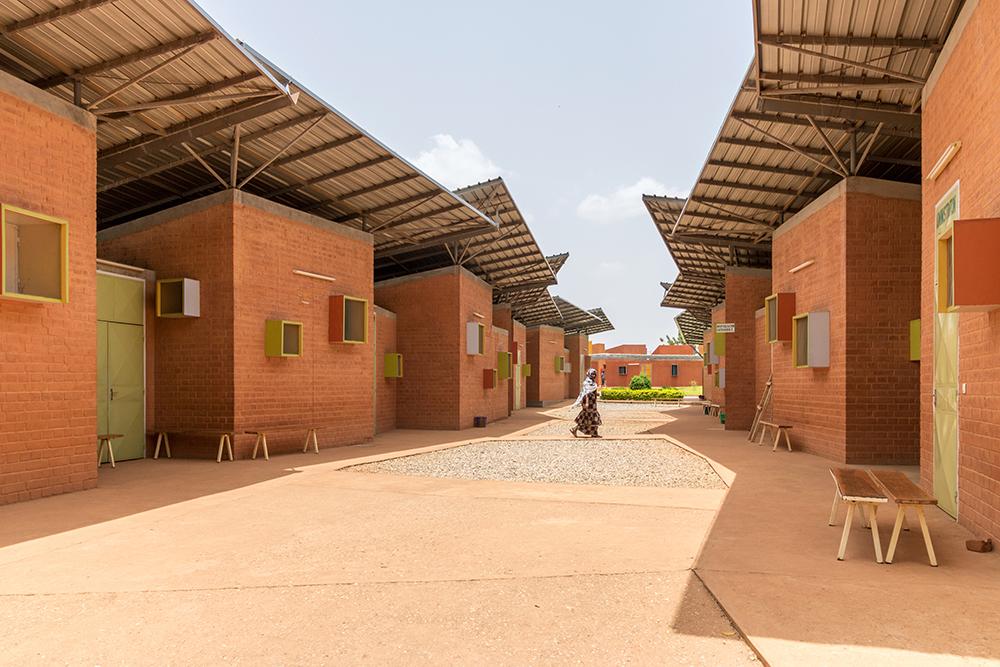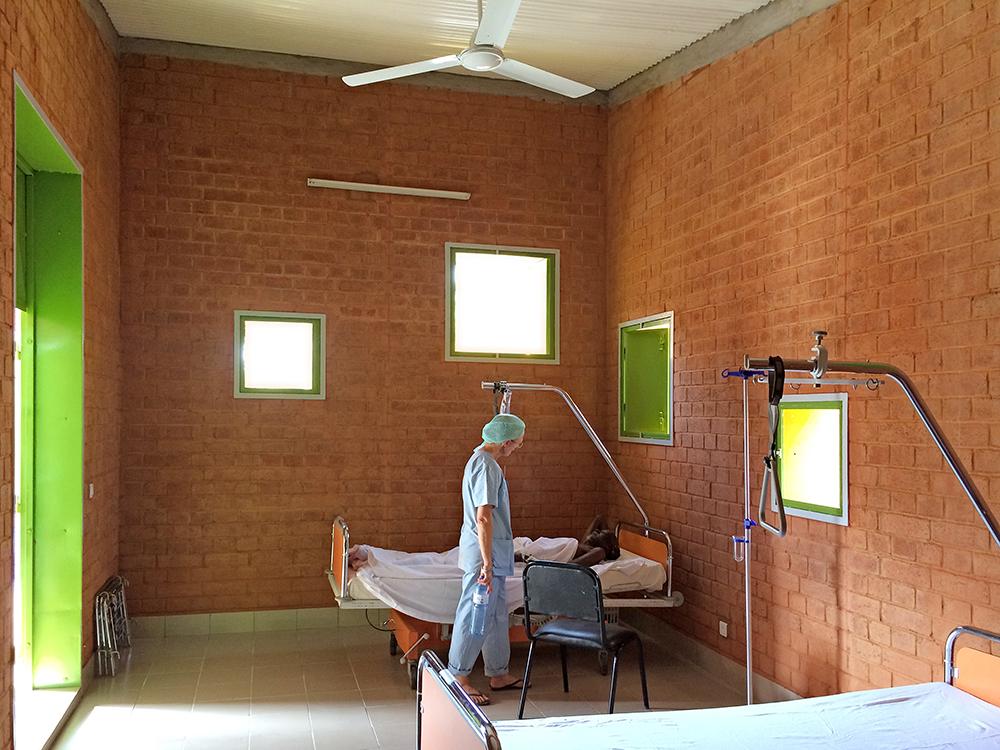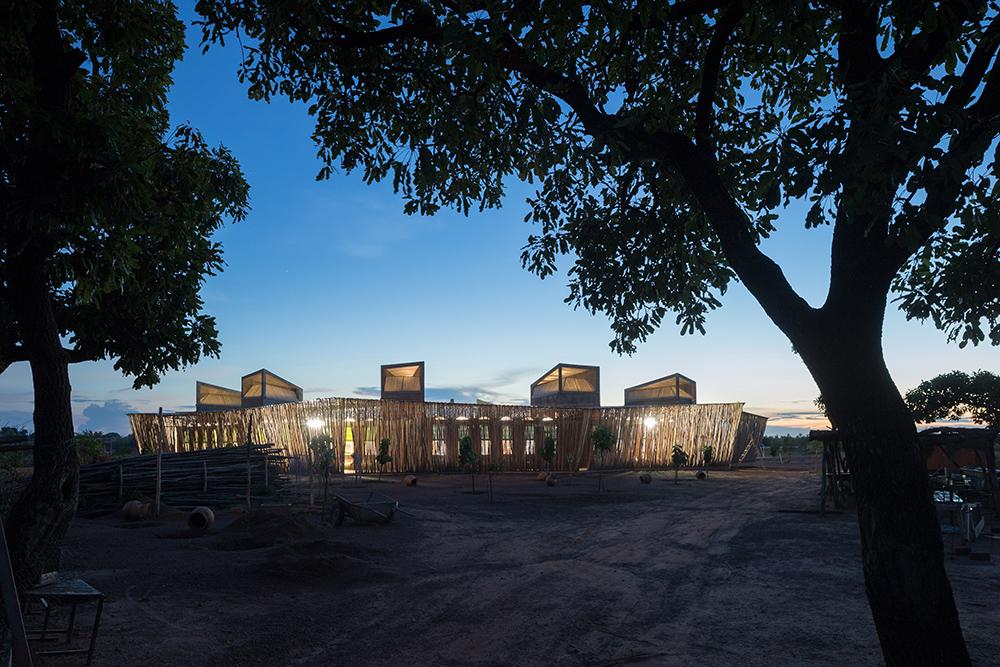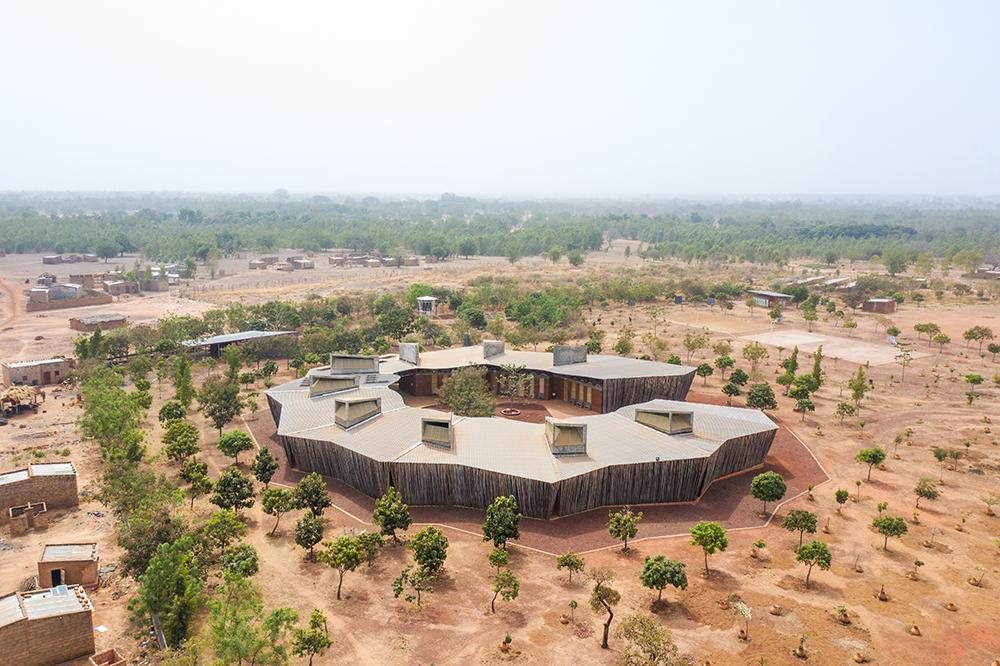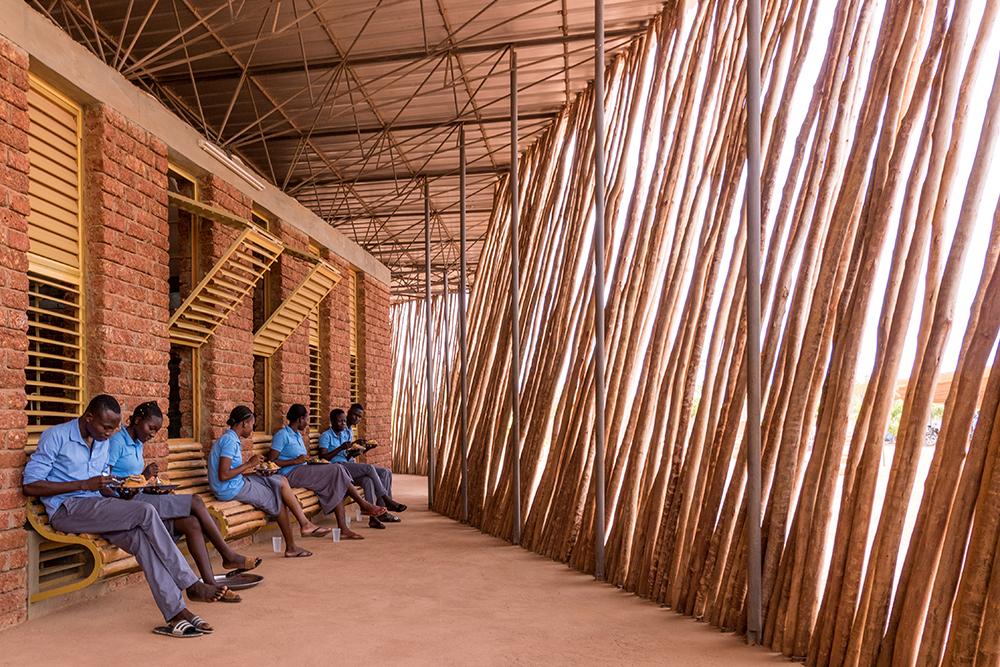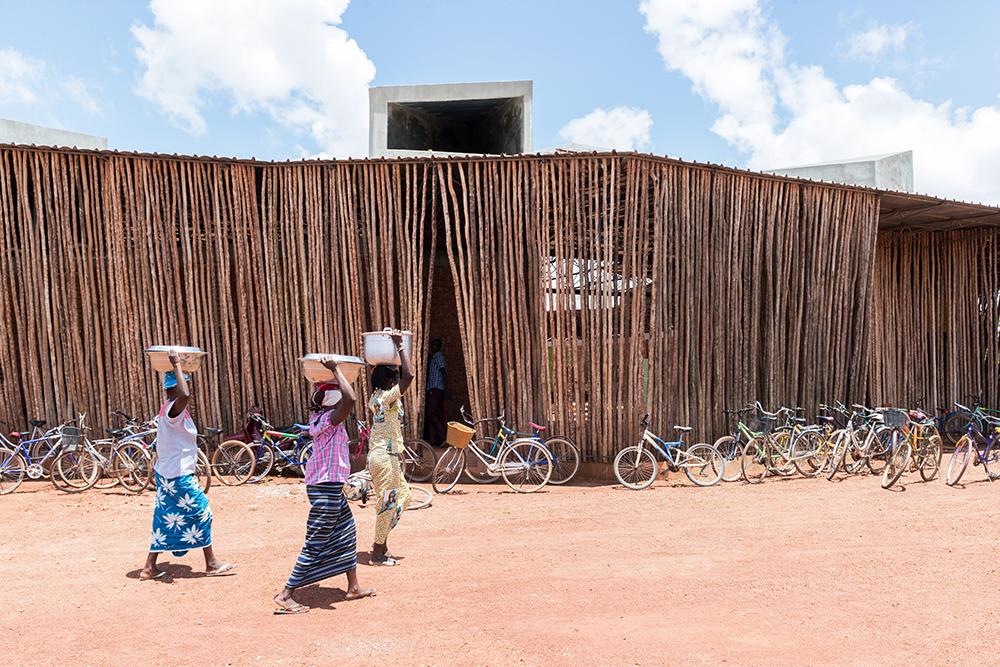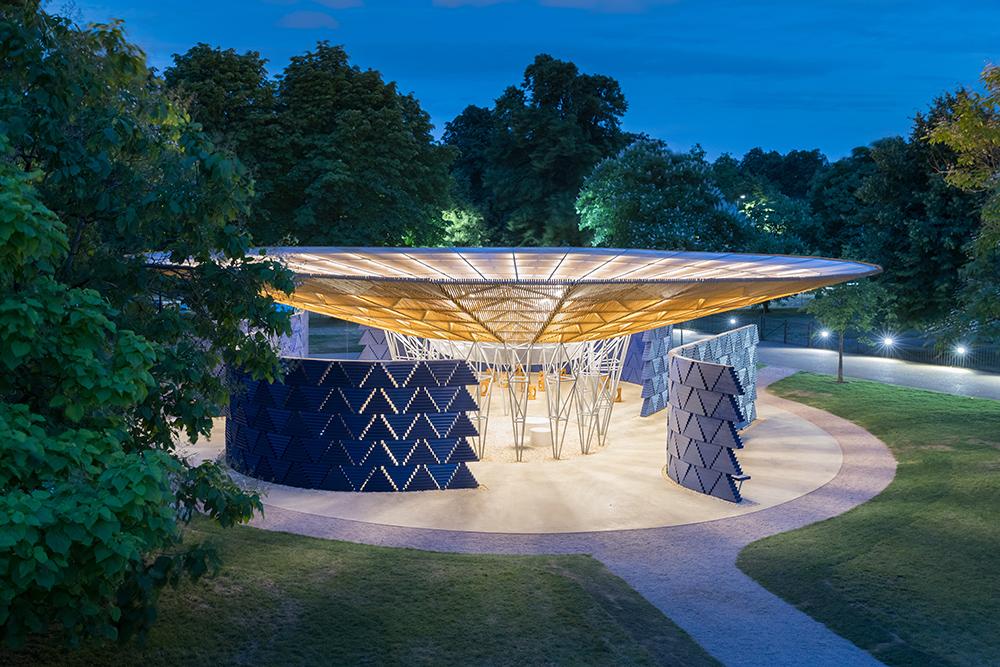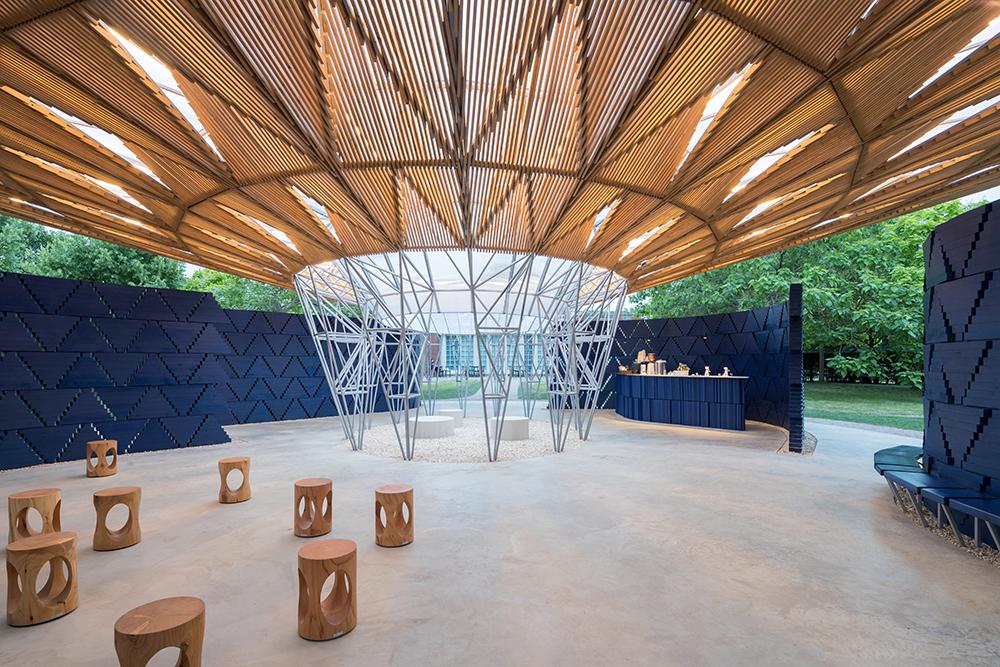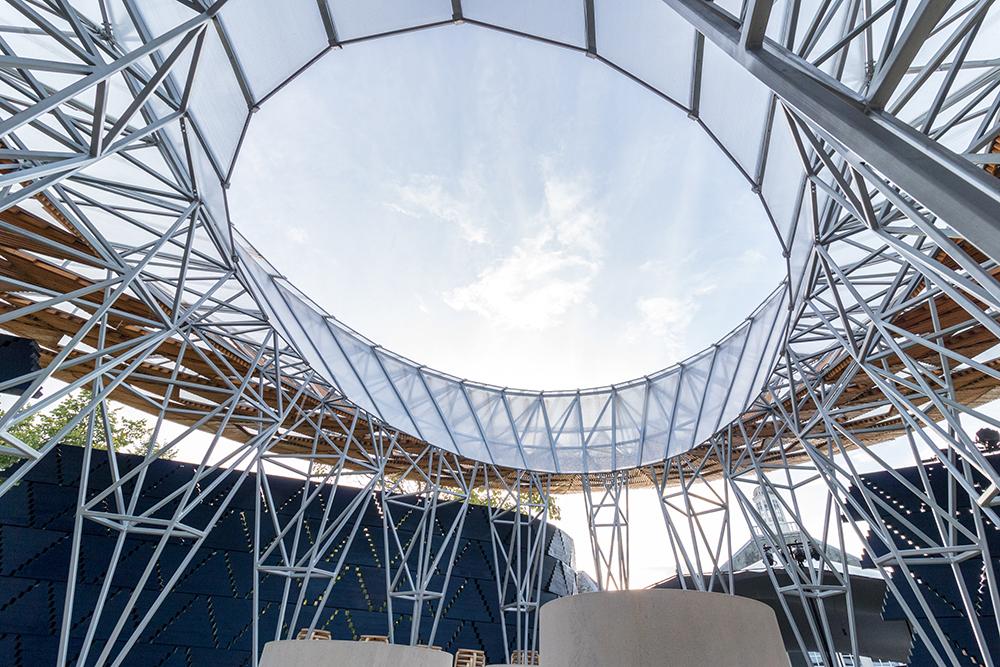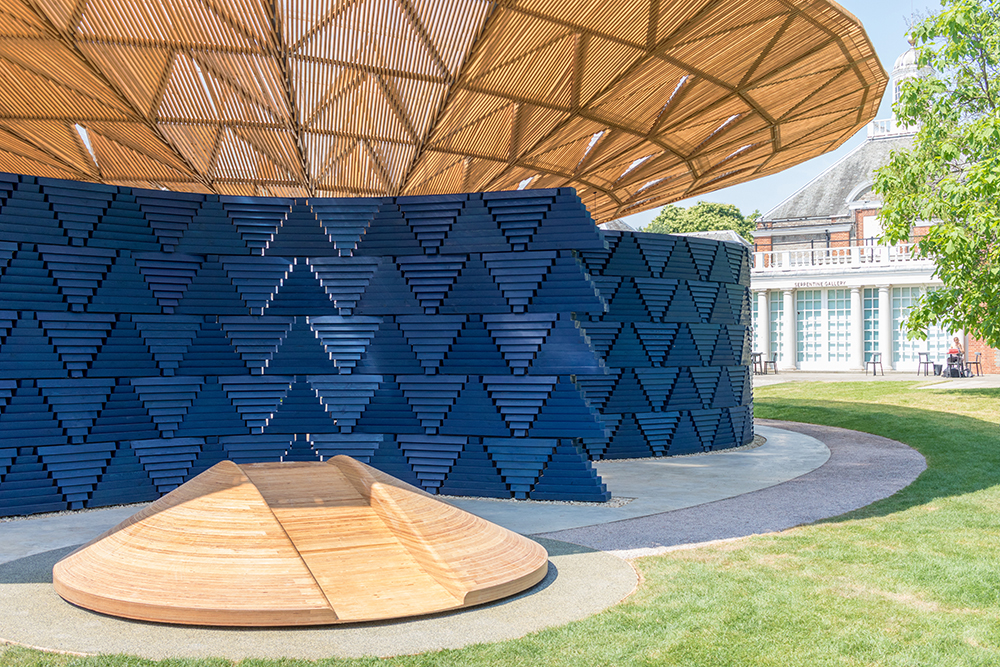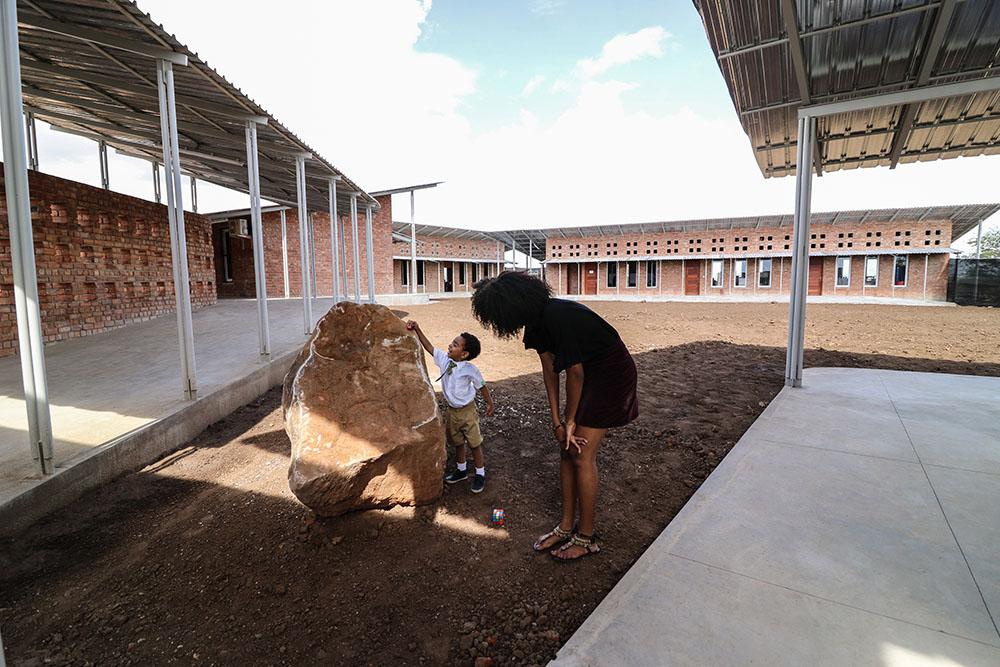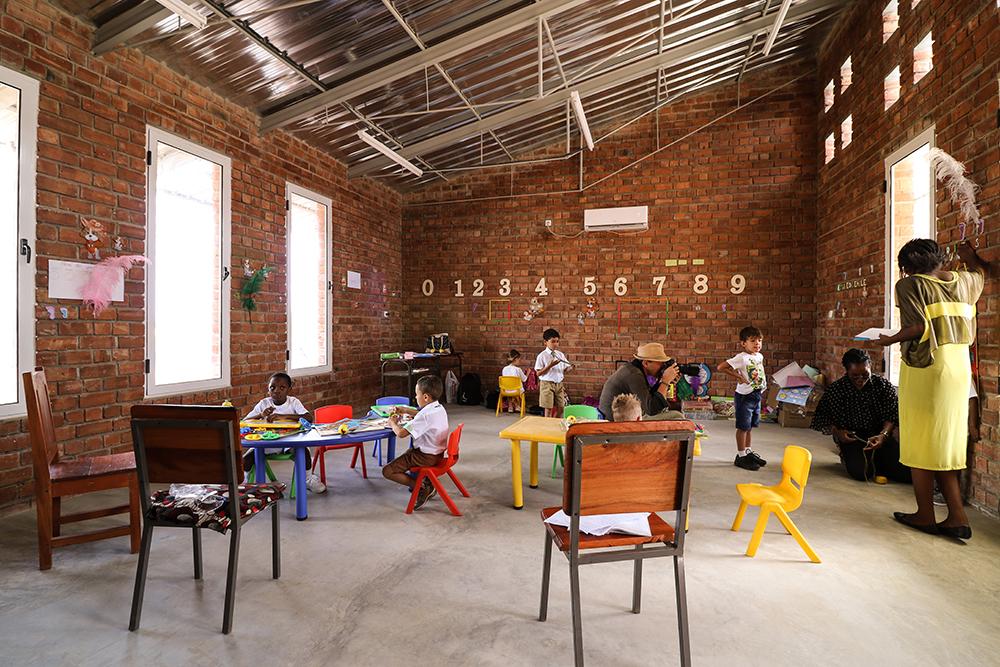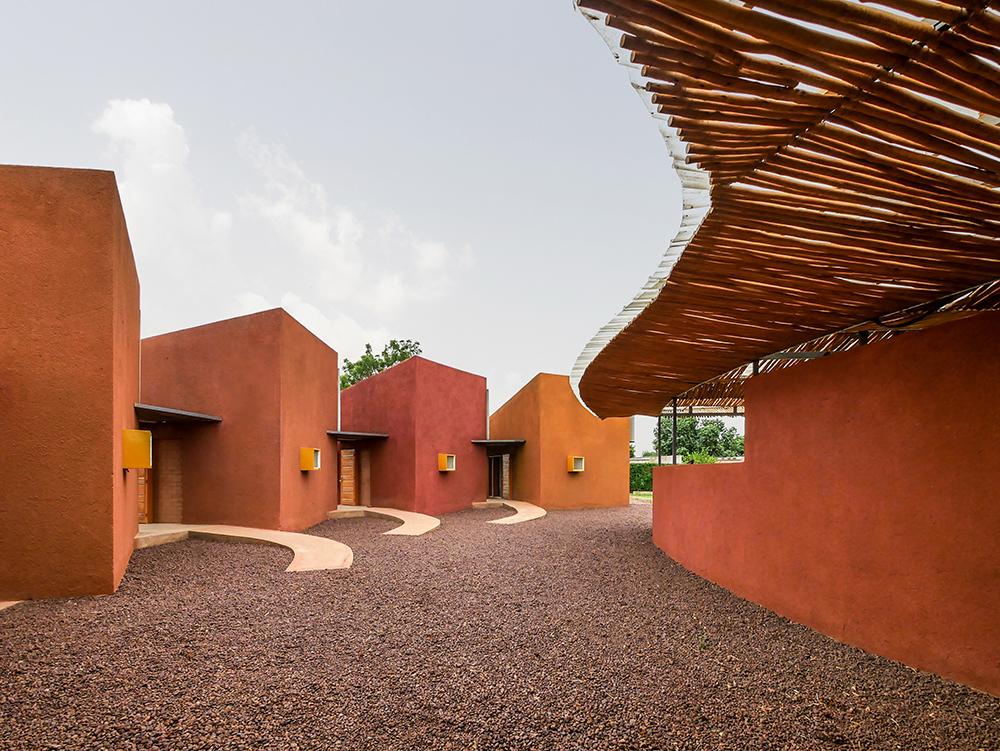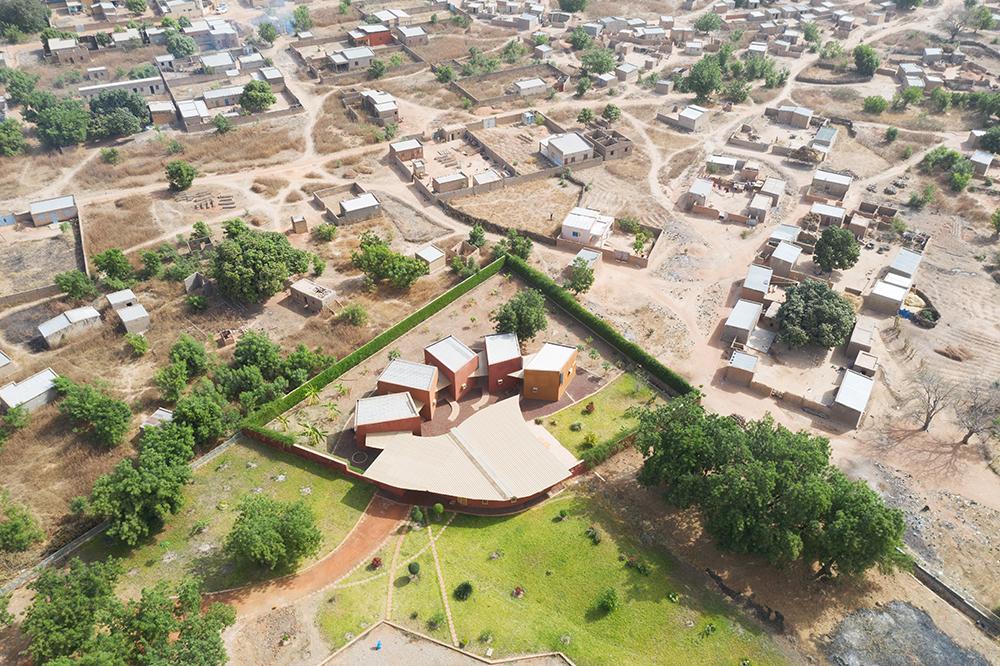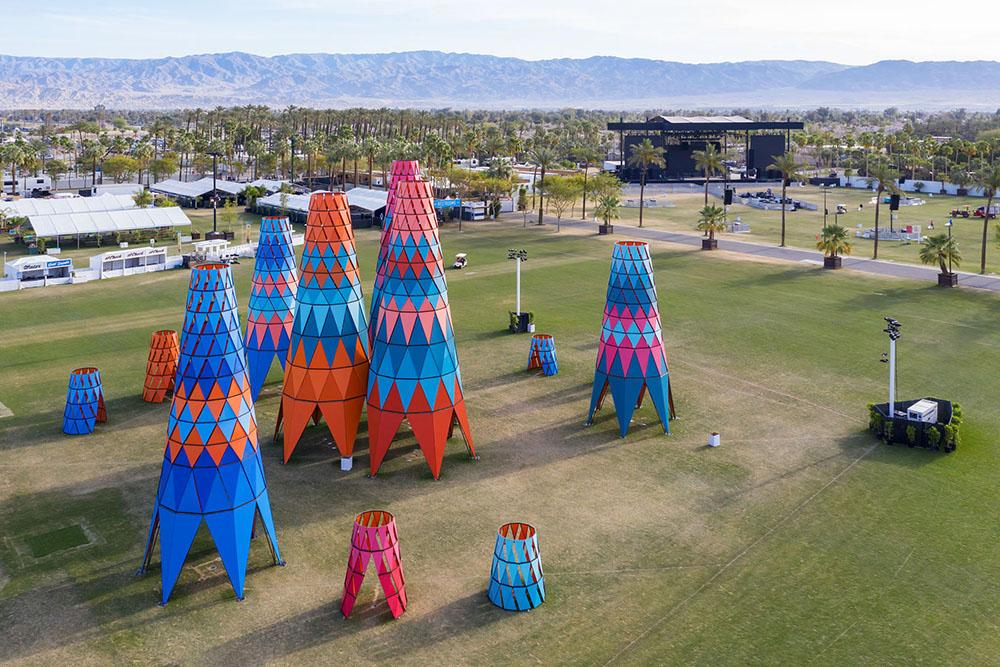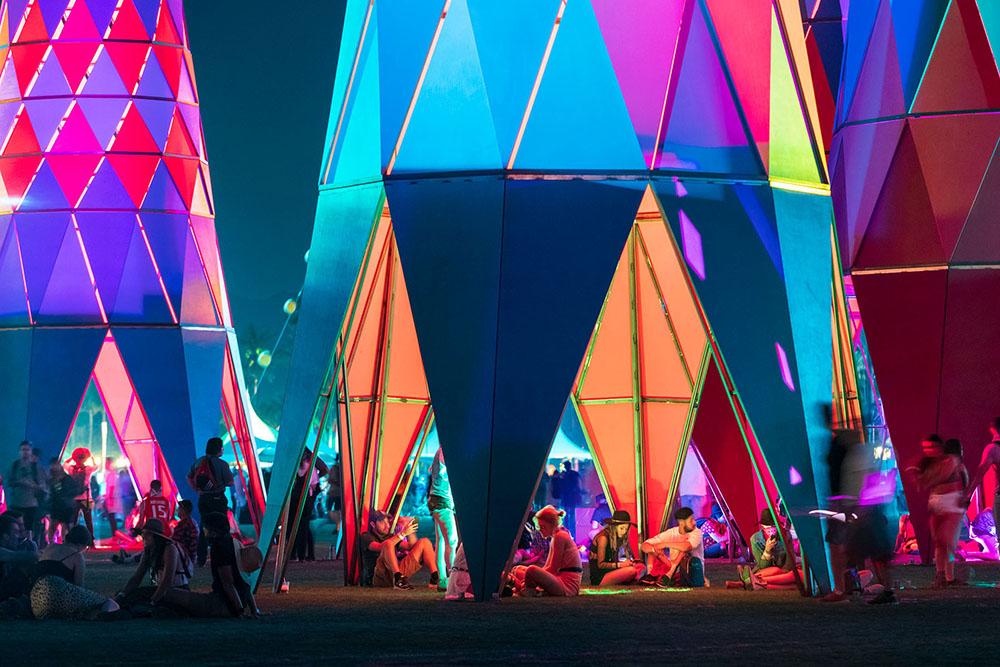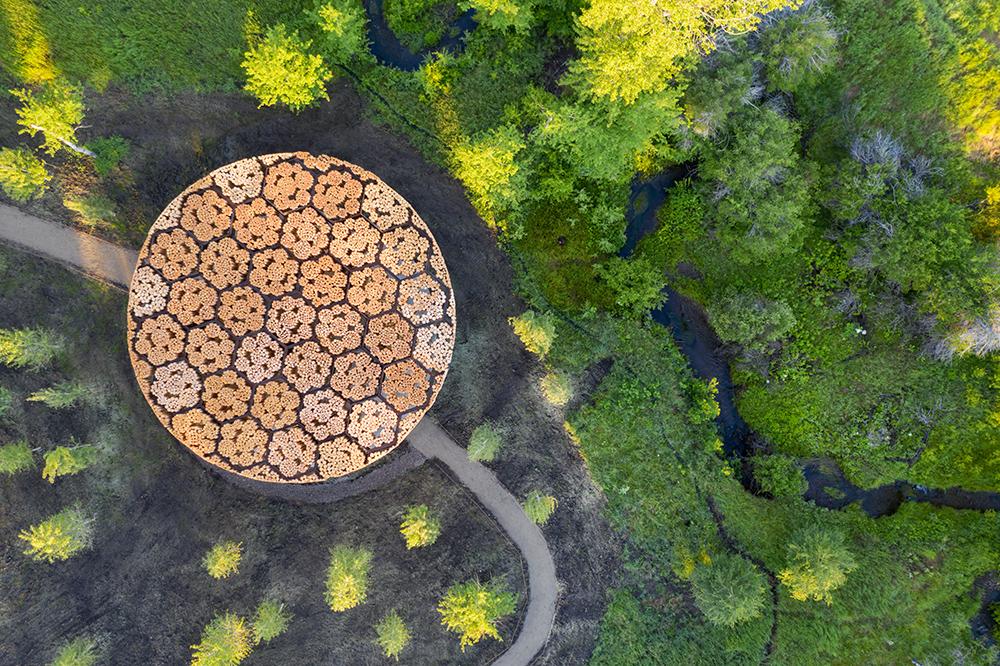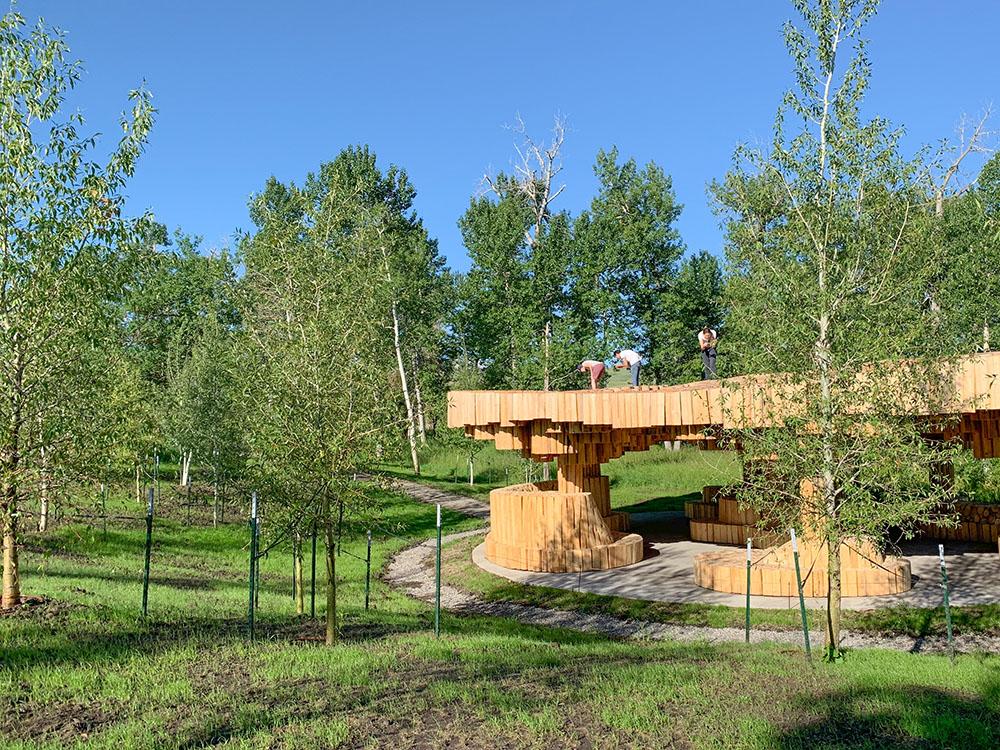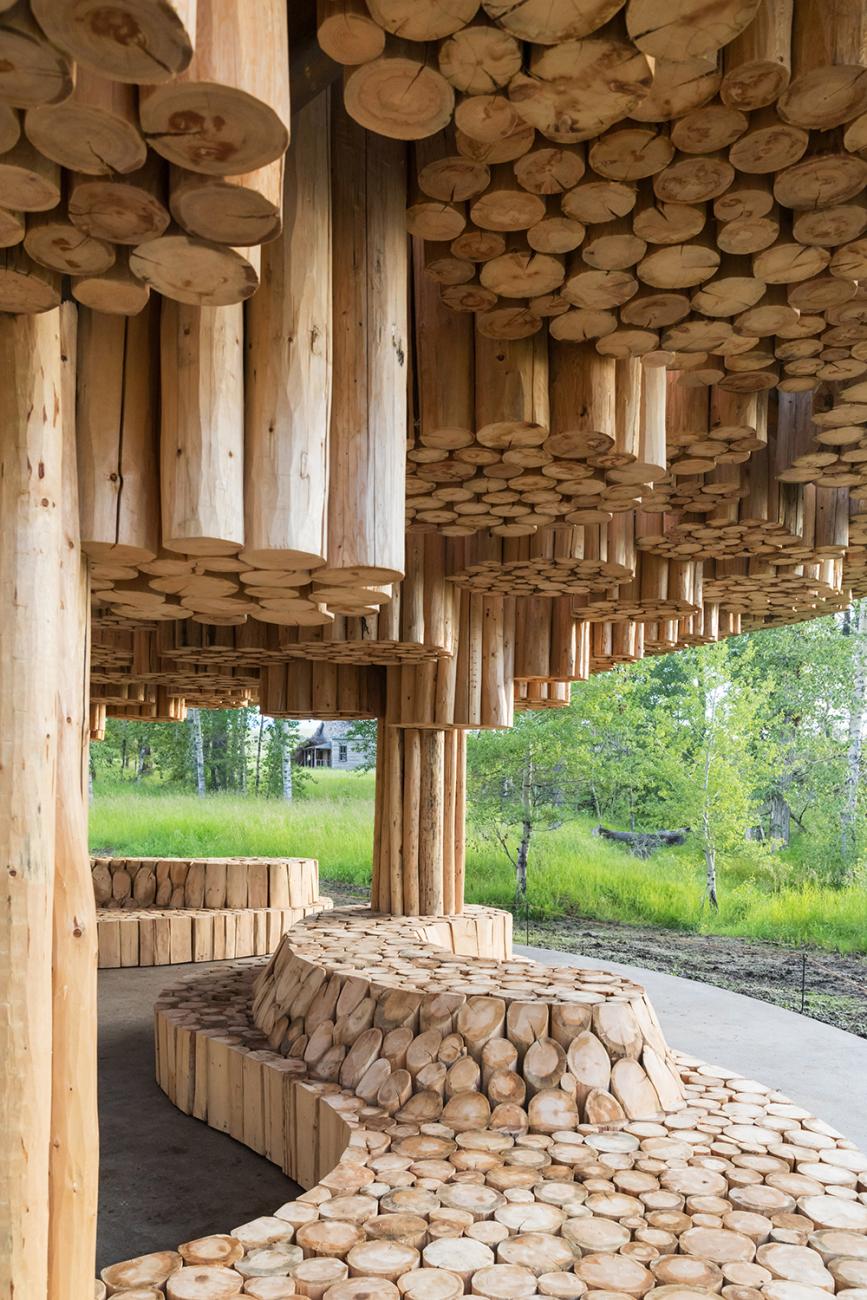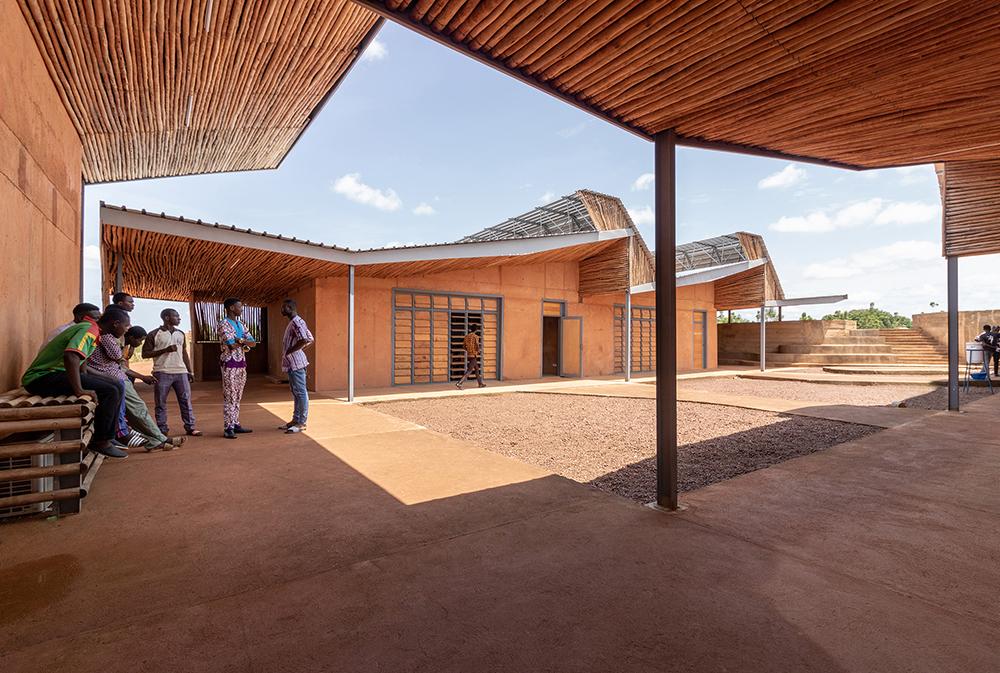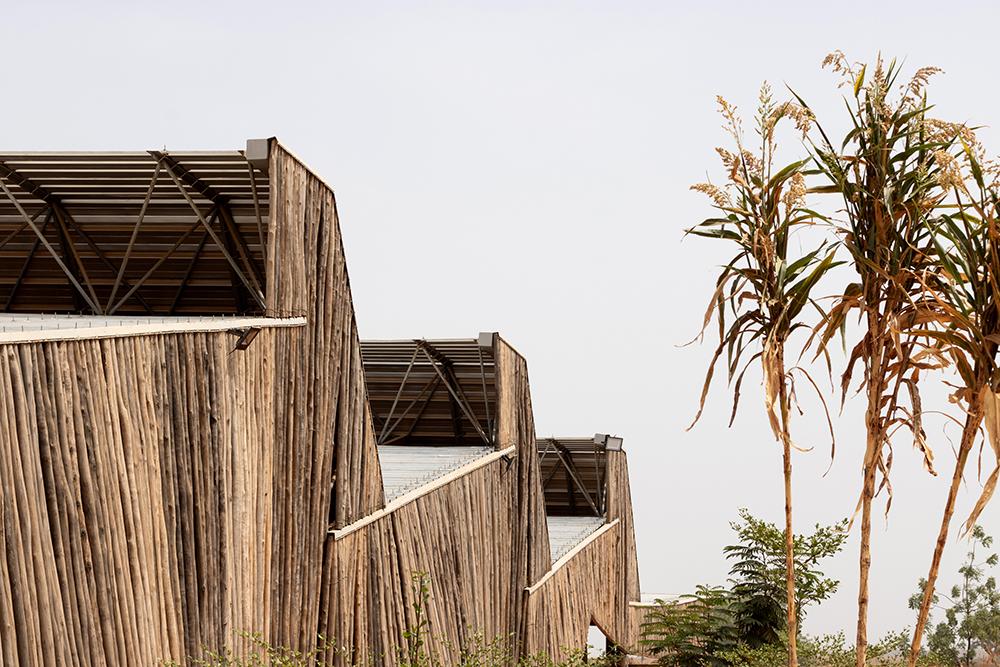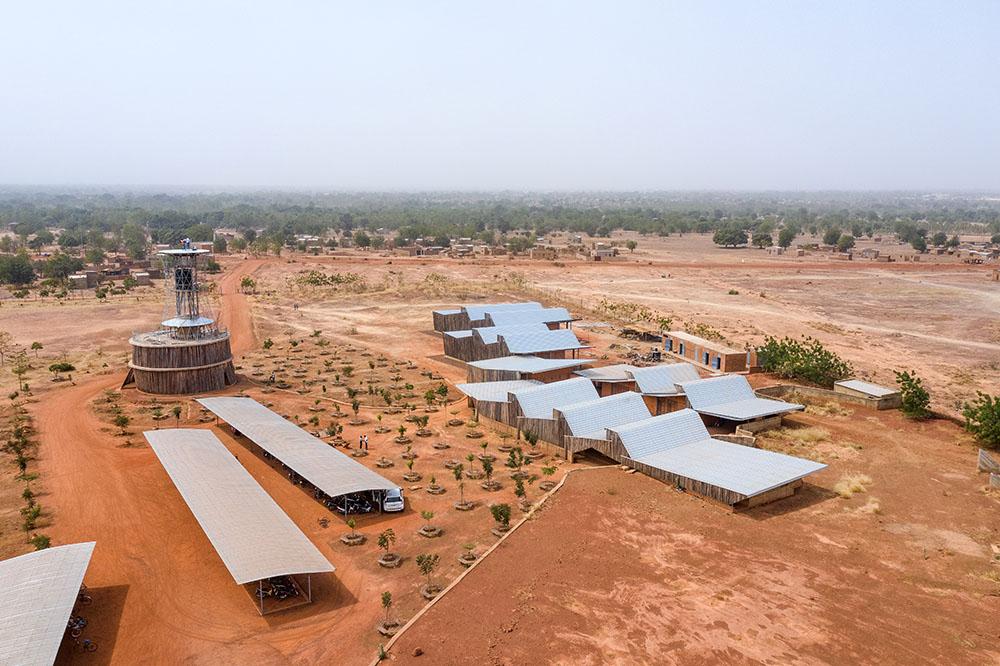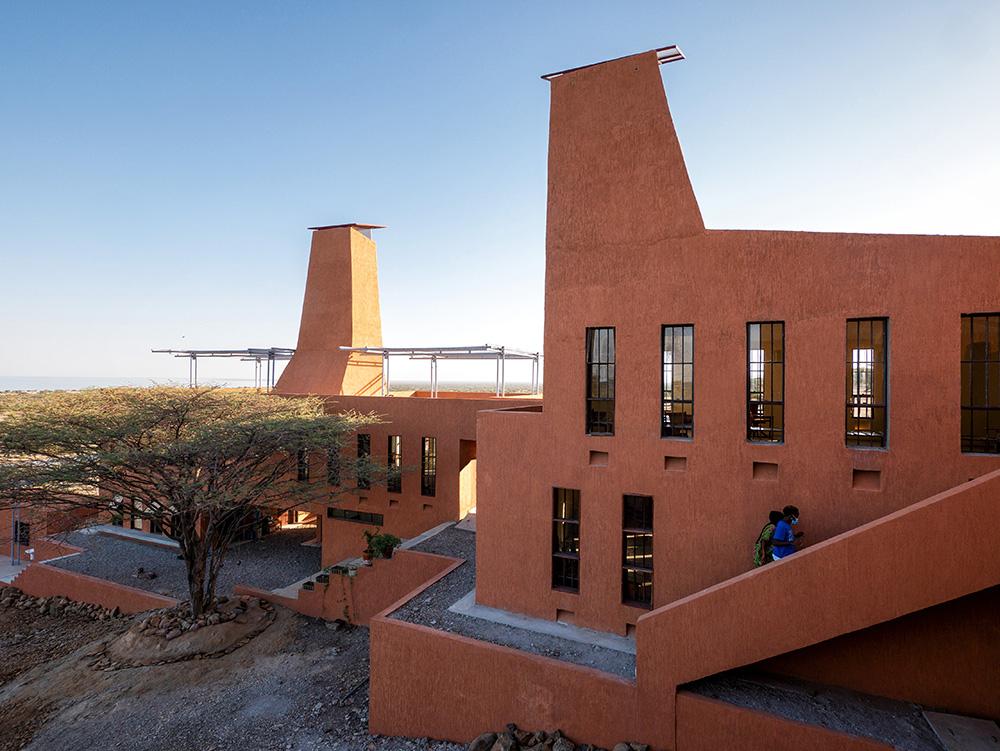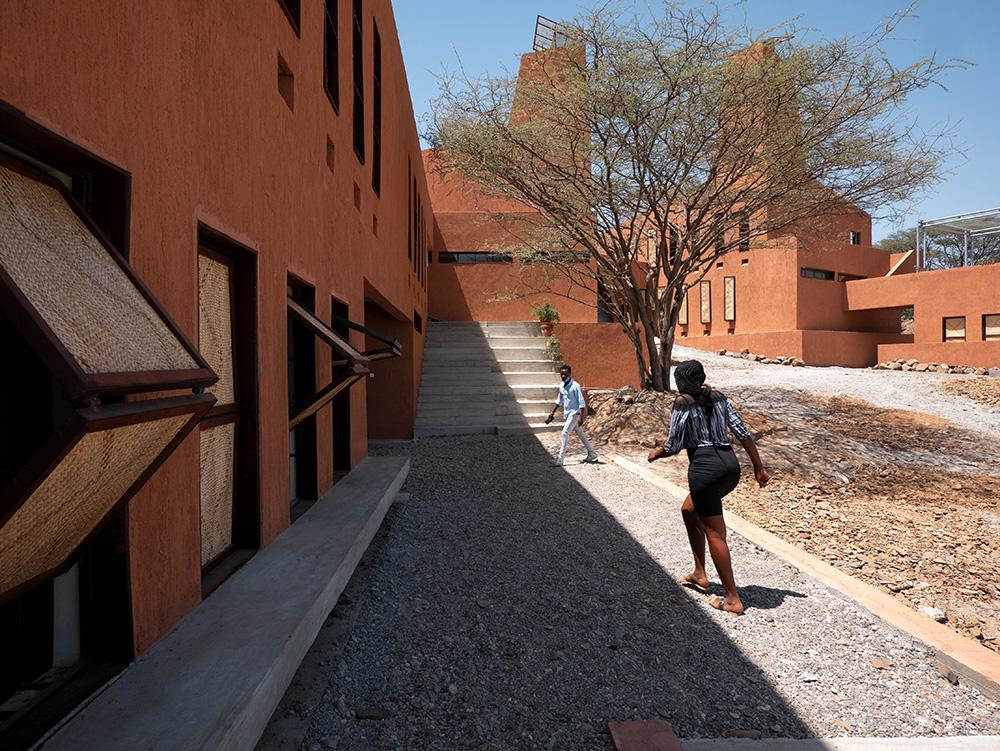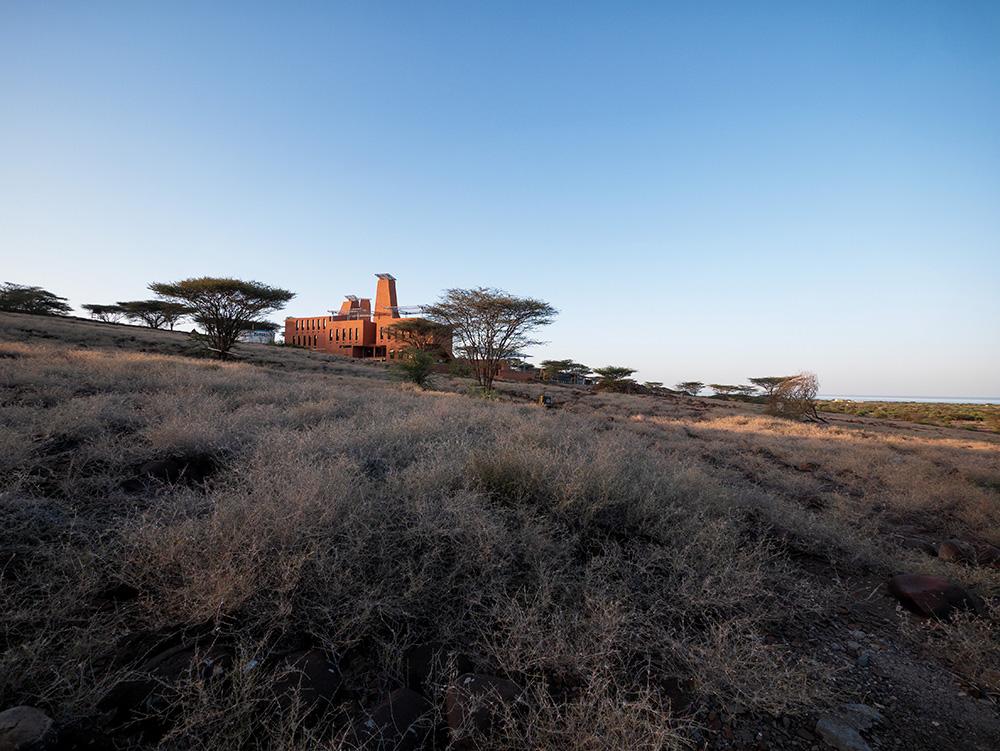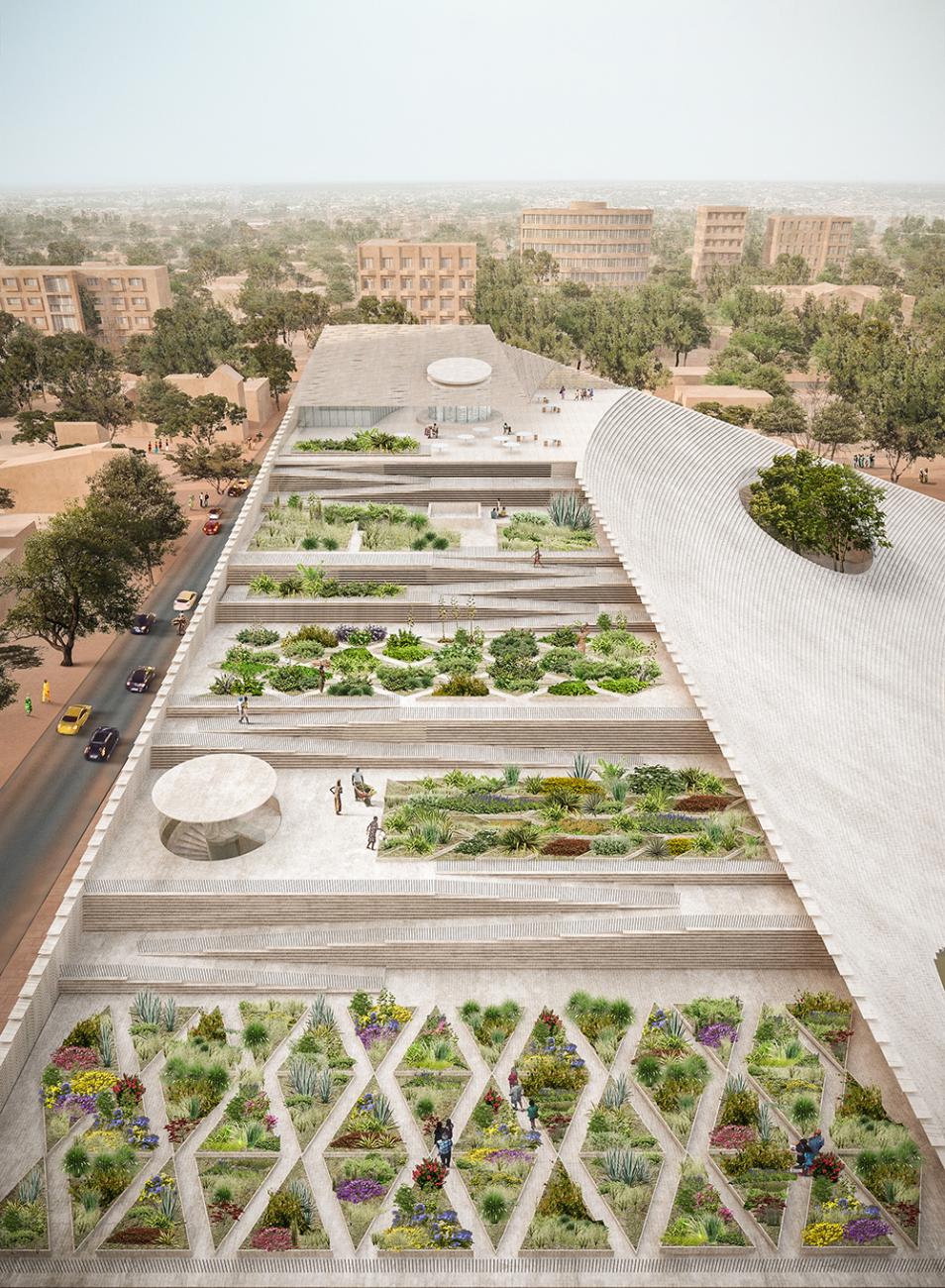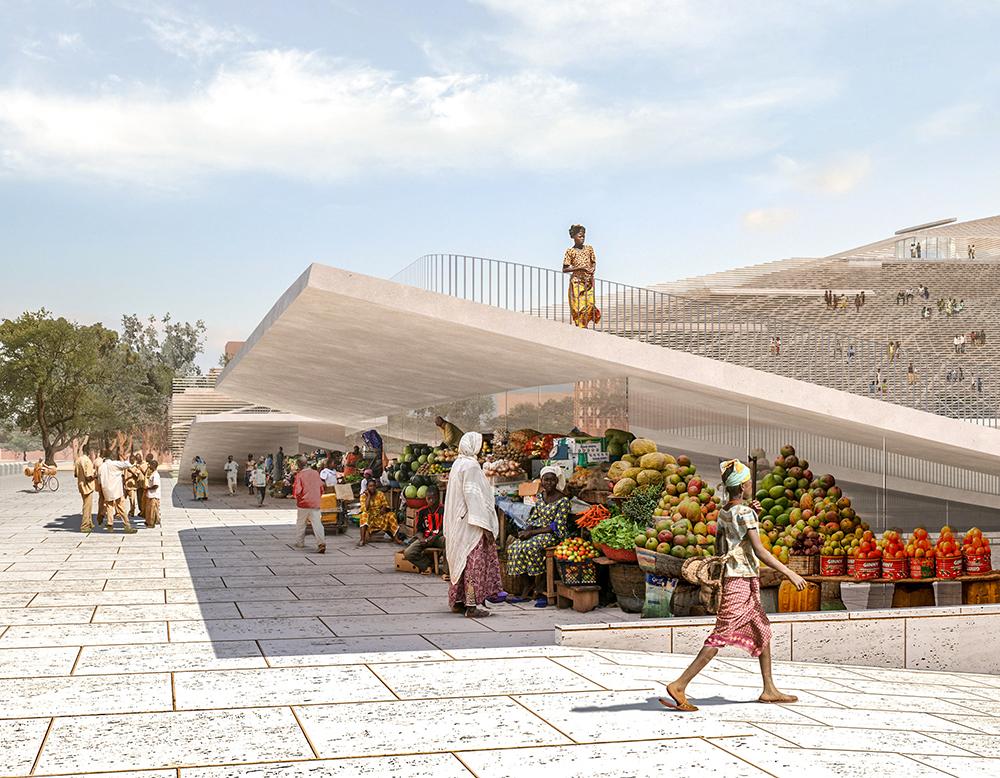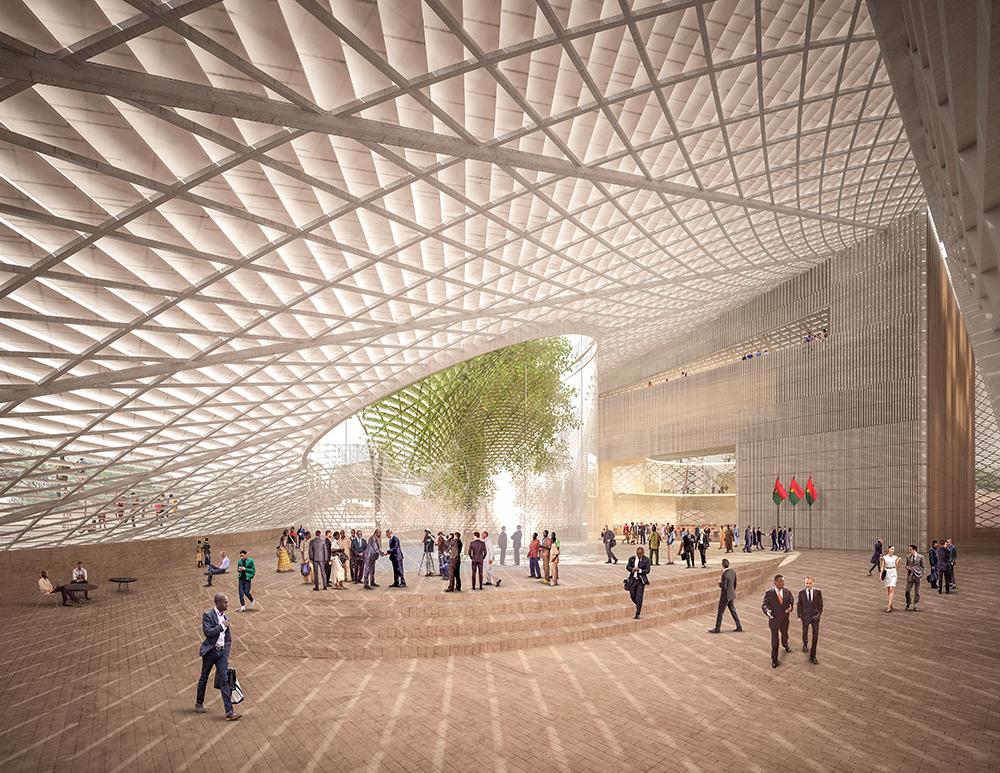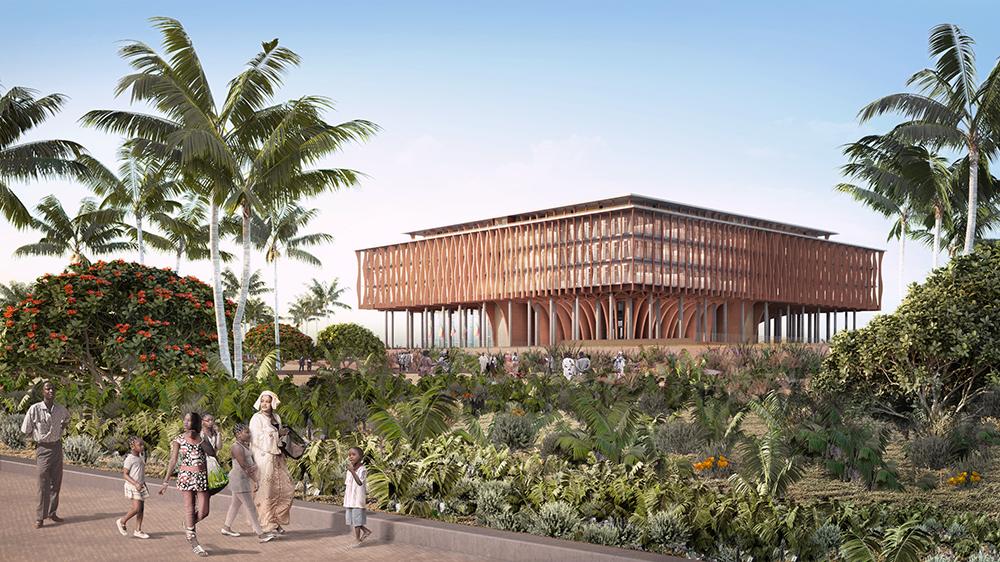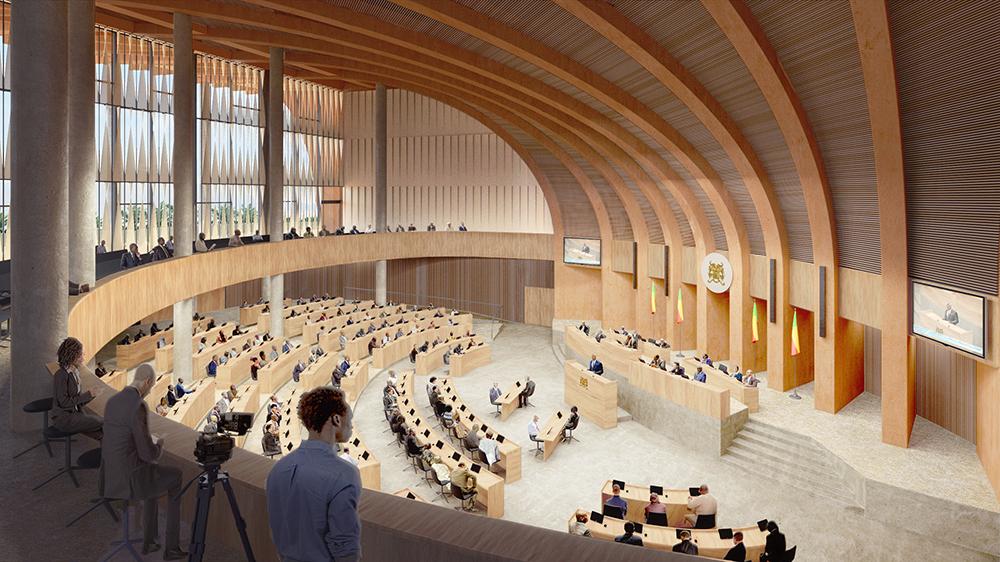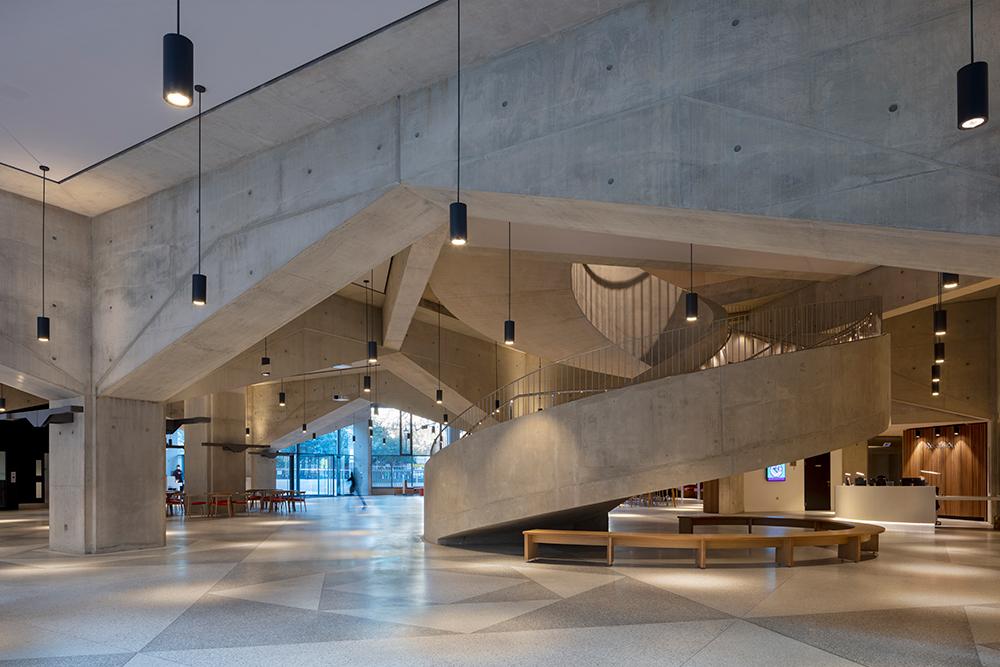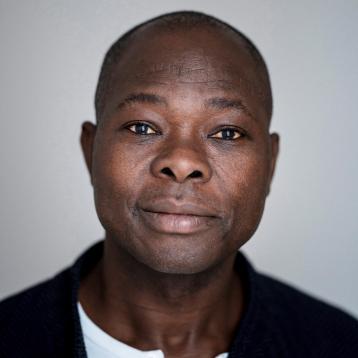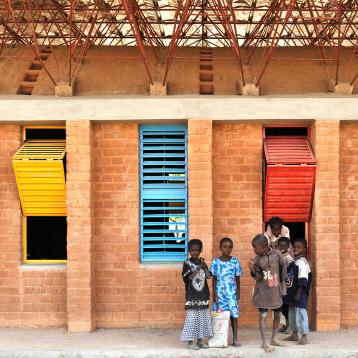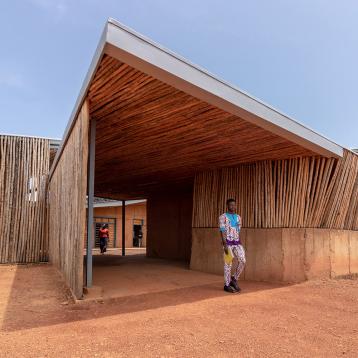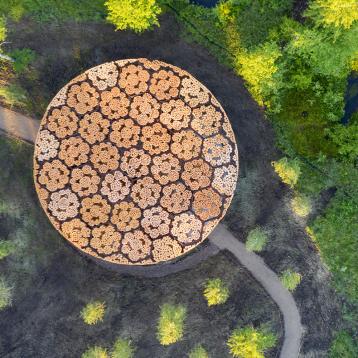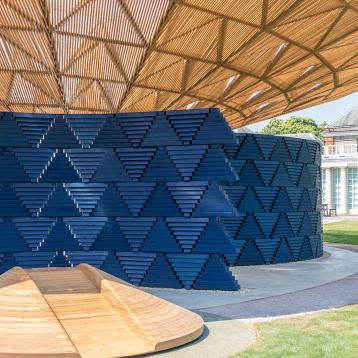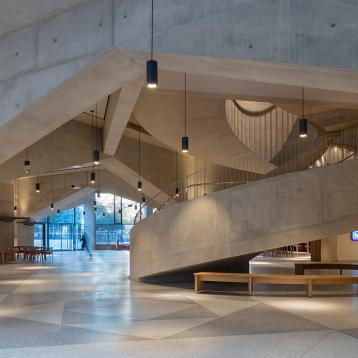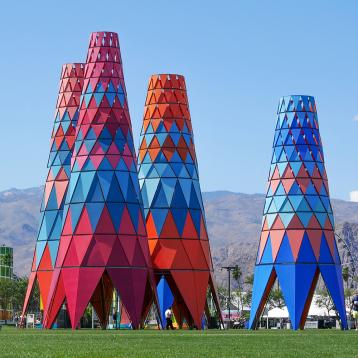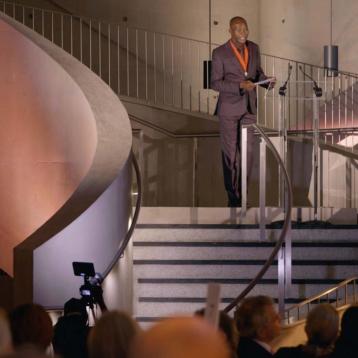Francis Kéré (b. Diébédo Francis Kéré, 1965) was born in Burkina Faso - one of the world’s least educated and most impoverished nations, a land void of clean drinking water, electricity and infrastructure, let alone architecture.
“I grew up in a community where there was no kindergarten, but where community was your family. Everyone took care of you and the entire village was your playground. My days were filled with securing food and water, but also simply being together, talking together, building houses together. I remember the room where my grandmother would sit and tell stories with a little light, while we would huddle close to each other and her voice inside the room enclosed us, summoning us to come closer and form a safe place. This was my first sense of architecture.”
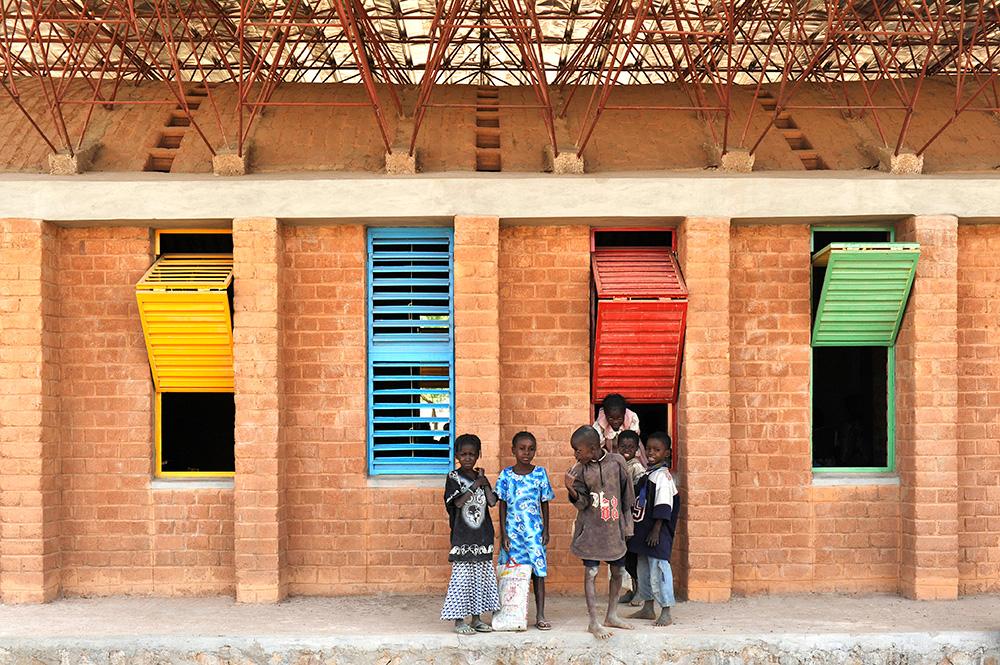
Kéré was the oldest son of the village chief and the first in his community to attend school, only the city of Gando didn’t have a school, so he left his family at the age of seven. His small childhood classroom in Tenkodogo was constructed of cement blocks and lacked ventilation and light. Trapped in that extreme climate with over one hundred classmates for hours at a time, he vowed to one day make schools better.
“Good architecture in Burkina Faso is a classroom where you can sit, have light that is filtered, entering the way that you want to use it, across a blackboard or on a desk. How can we take away the heat coming from the sun, but use the light to our benefit? Creating climate conditions to give basic comfort allows for true teaching, learning and excitement.”
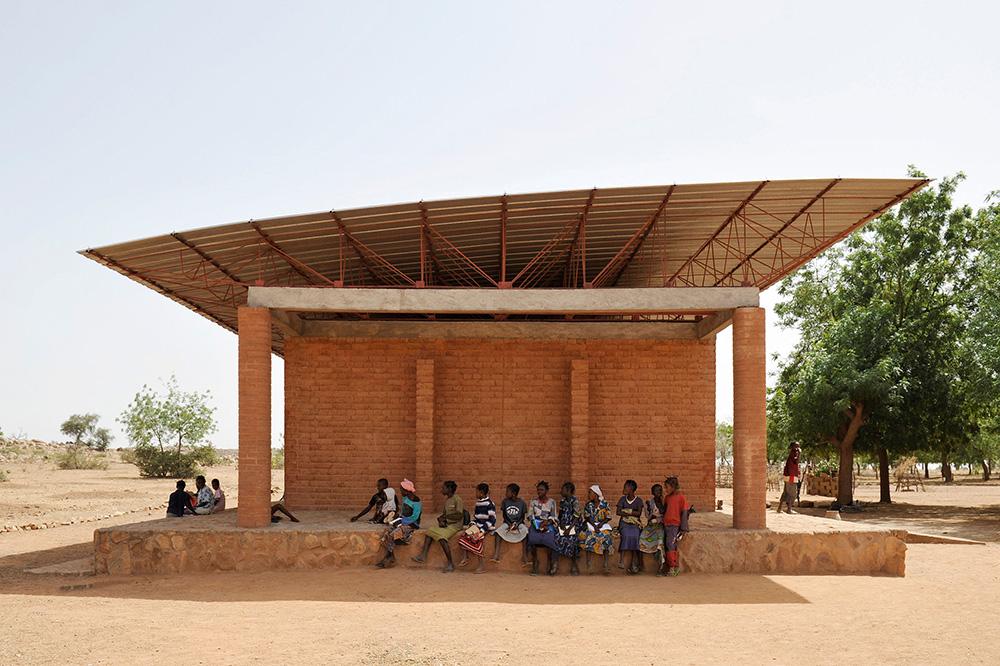
In 1985, he uprooted again, this time, much further from home, traveling to Berlin on a vocational carpentry scholarship, learning to make roofs and furniture by day, while attending secondary classes at night. He was awarded a scholarship to attend Technische Universität Berlin (Berlin, Germany) in 1995, graduating in 2004 with an advanced degree in architecture.
Although far from Burkina Faso, Kéré’s mind never strayed from his native homeland. He recognized the responsibility of his privilege, establishing the foundation “Schulbausteine für Gando e.V.”, translated to “school building blocks for Gando” and later renamed Kéré Foundation e.V., in 1998 to fundraise and advocate for a child’s right to a comfortable classroom. His first building, Gando Primary School (2001, Gando, Burkina Faso), was built by and for the people of Gando. Locals offered their input, labor and resources from conception to completion, crafting nearly every part of the school by hand, guided by the architect’s inventive forms of indigenous materials and modern engineering.
